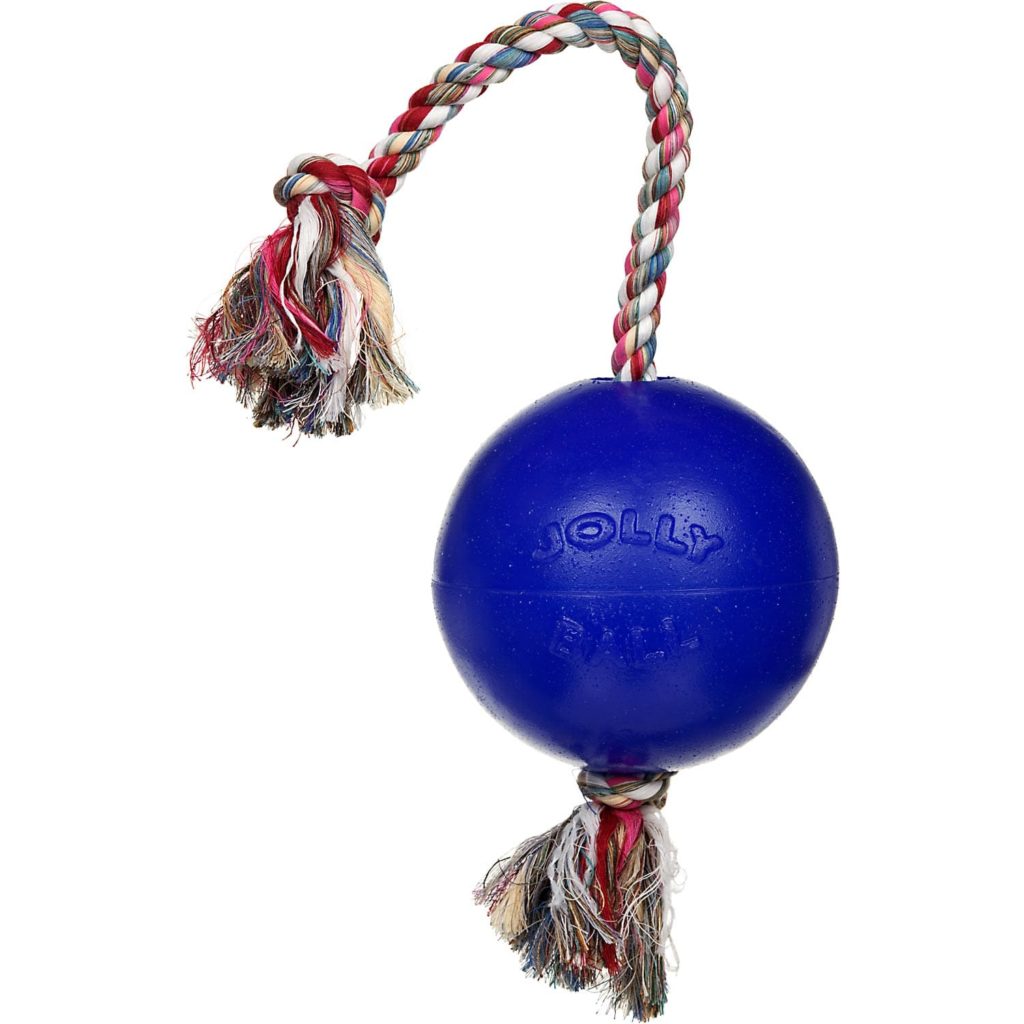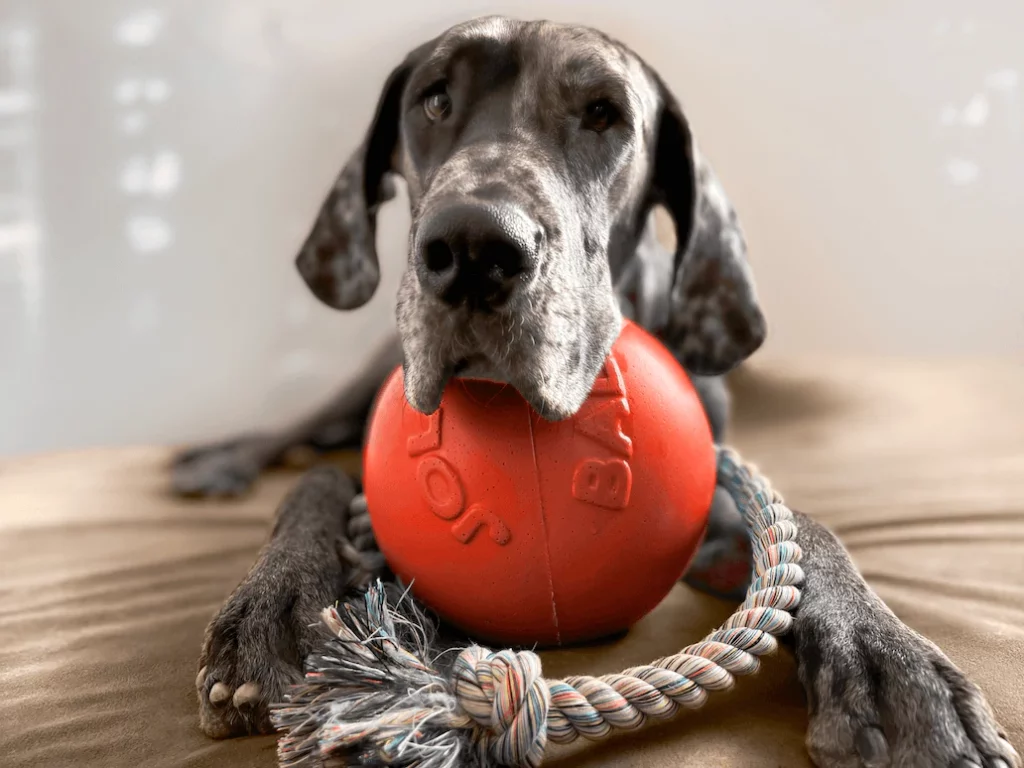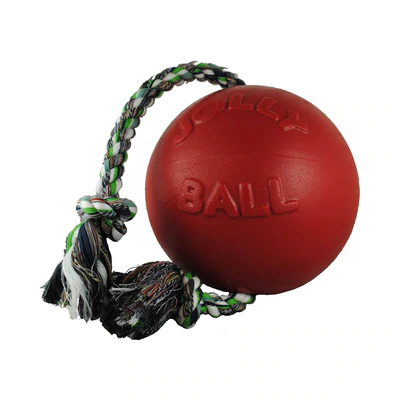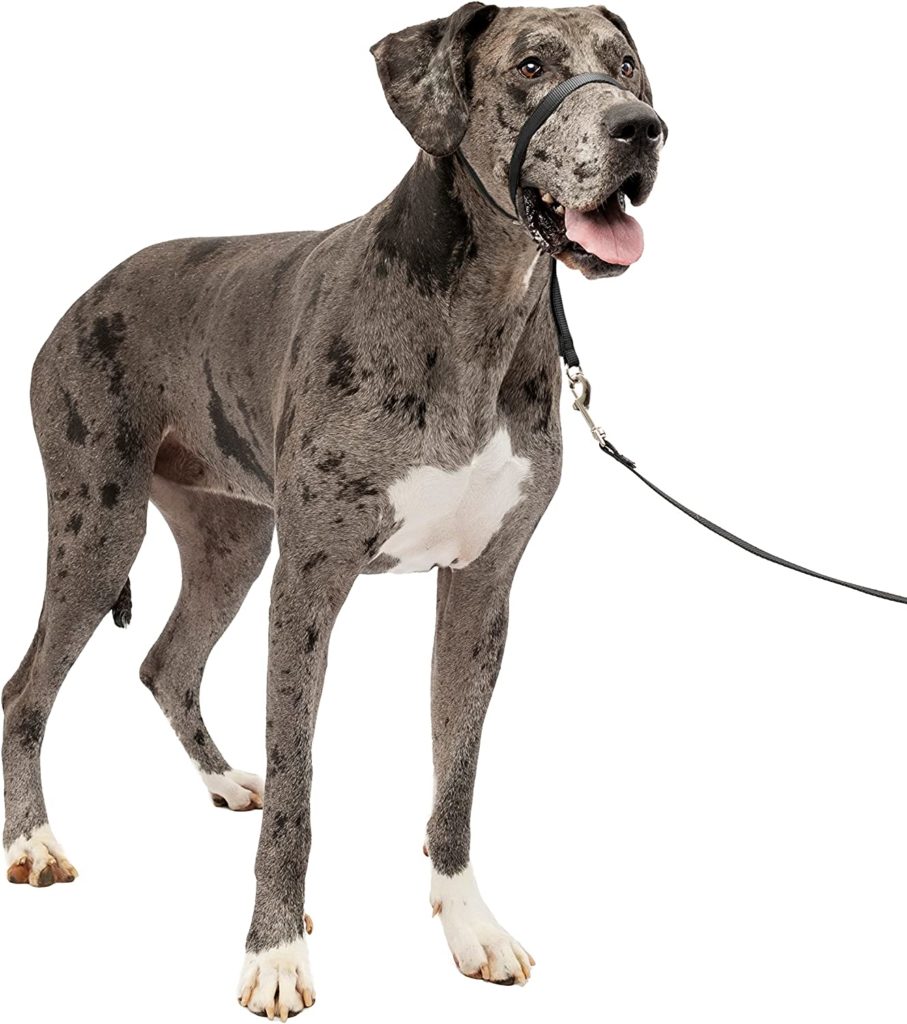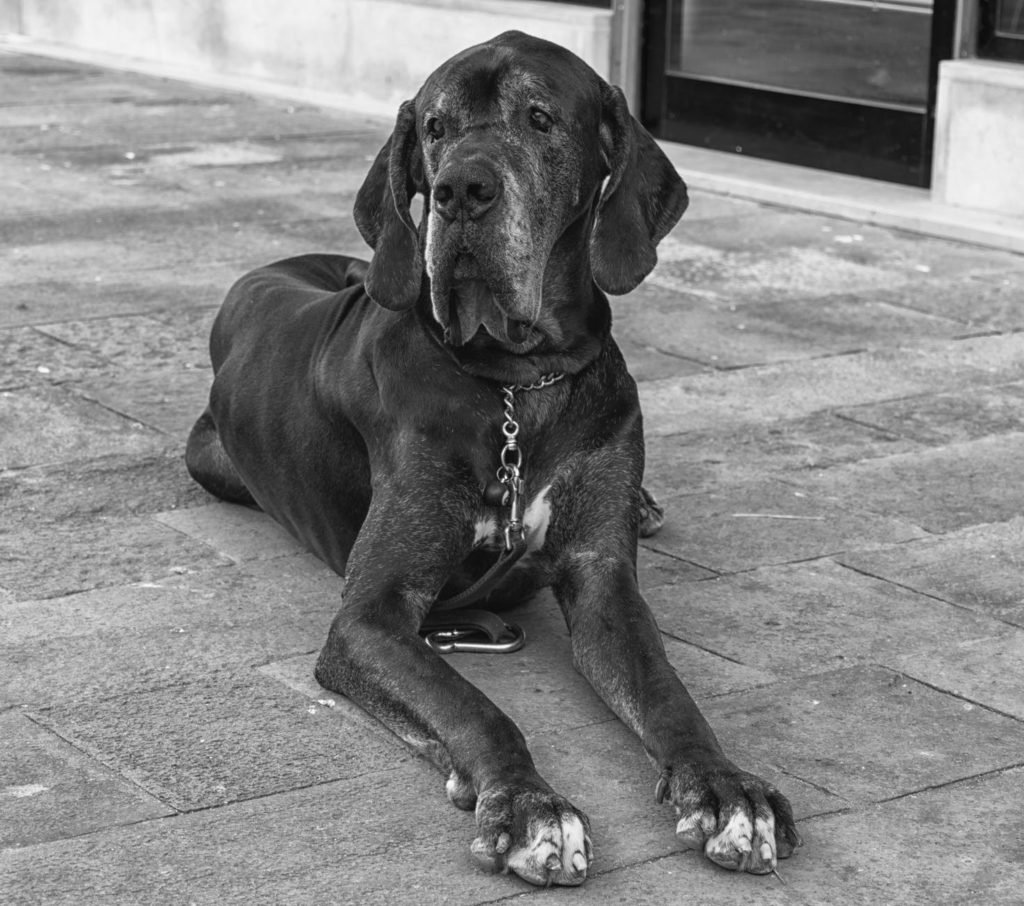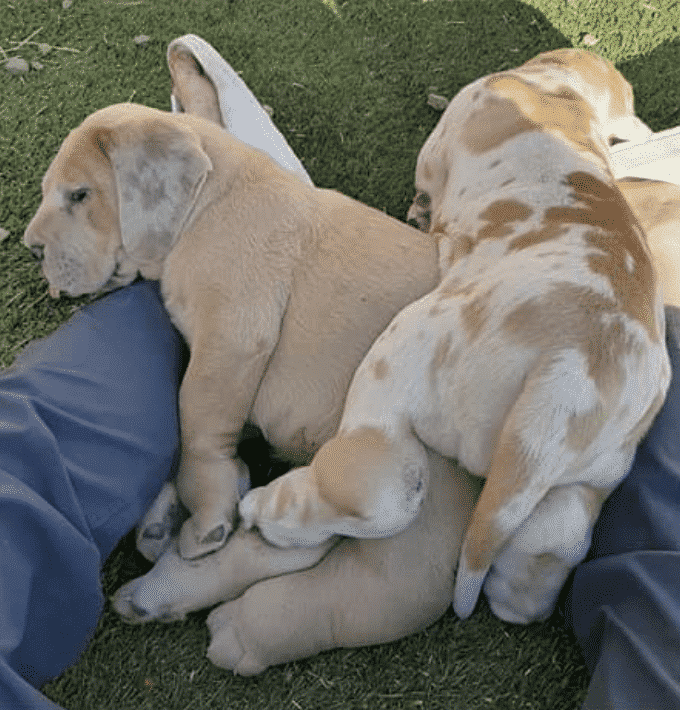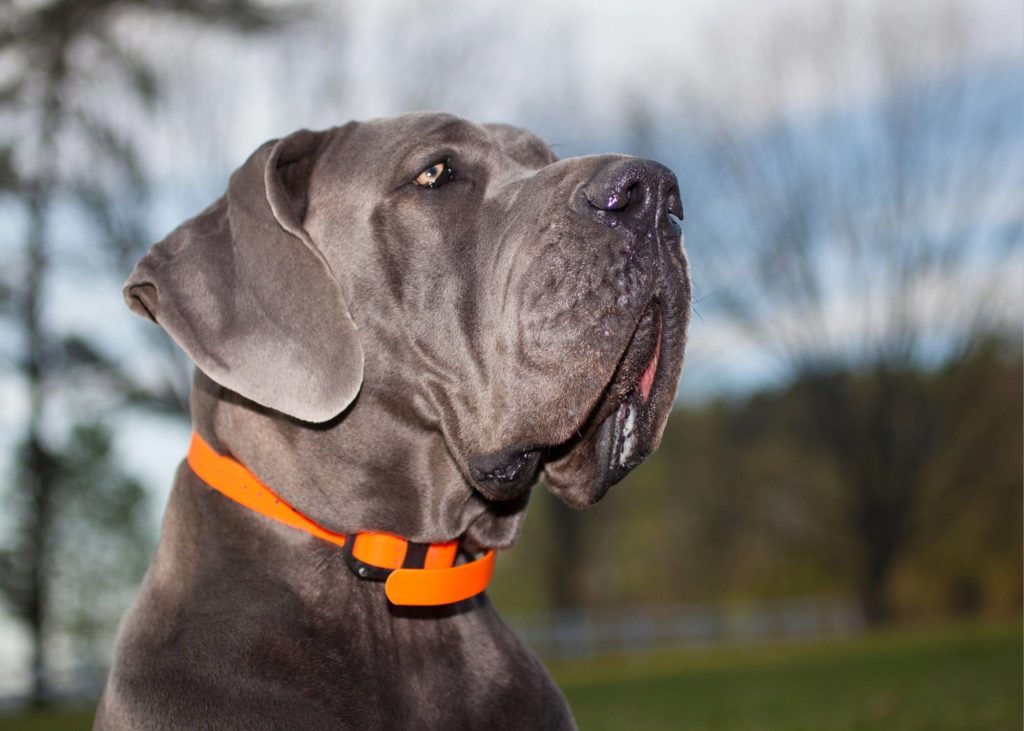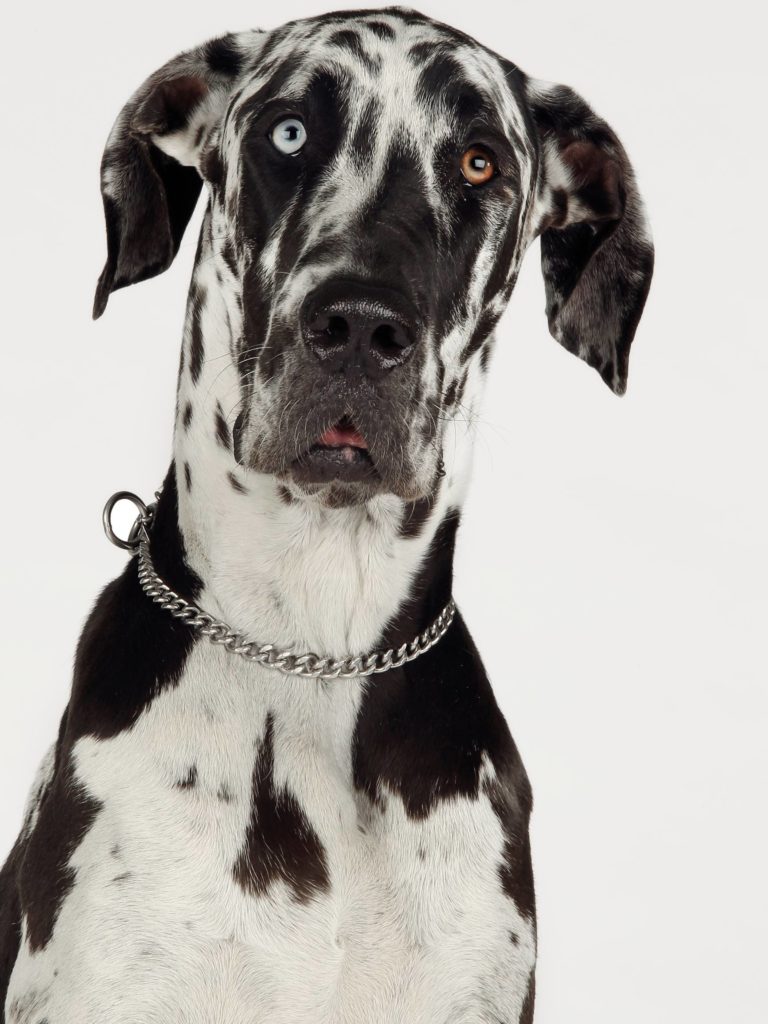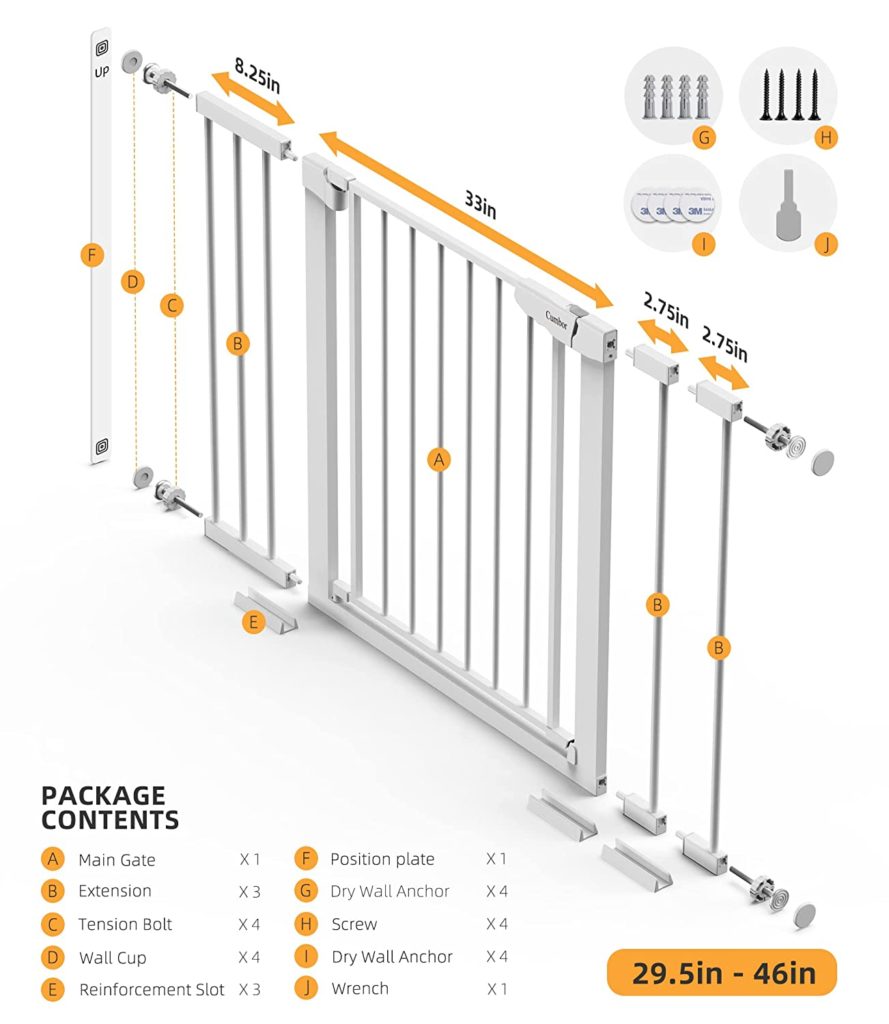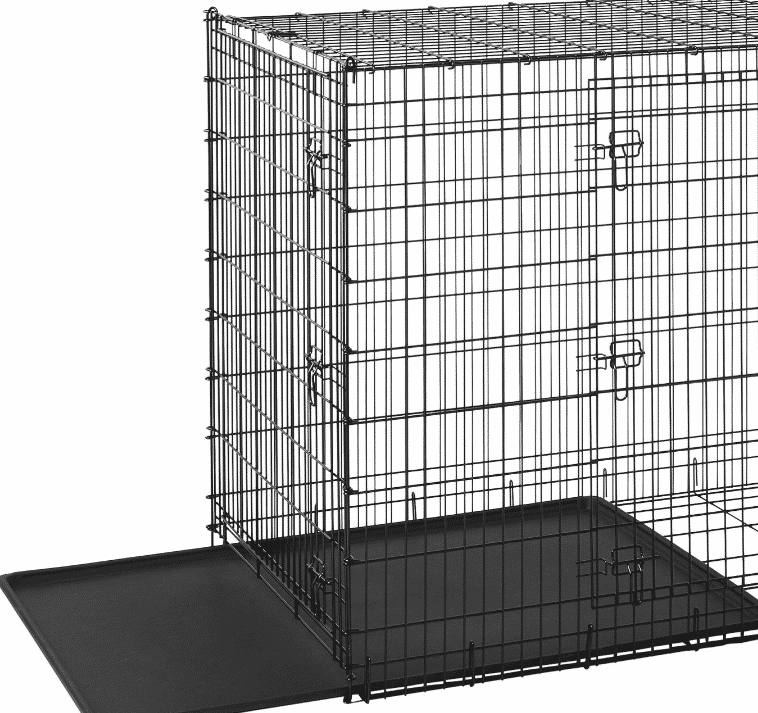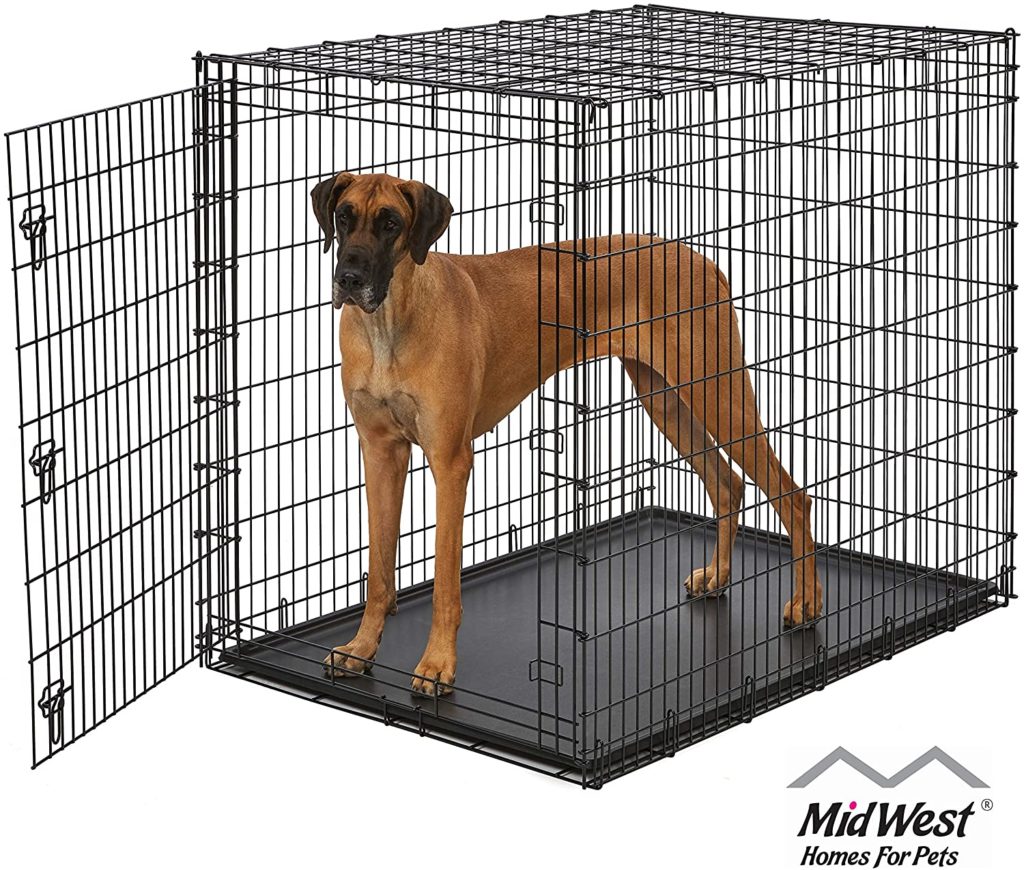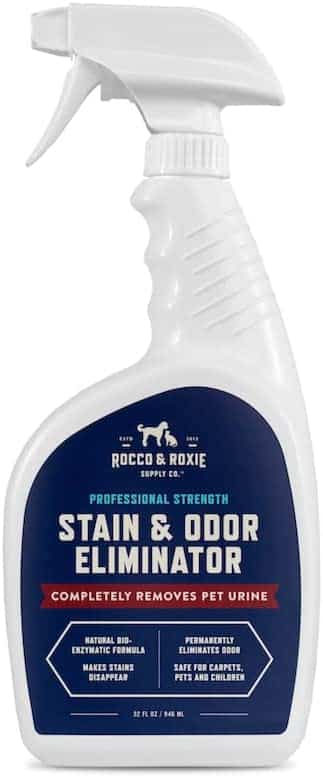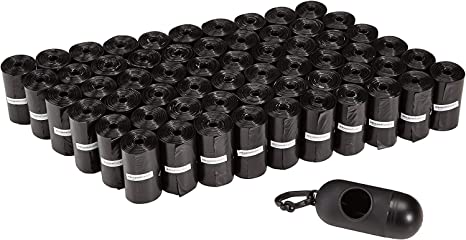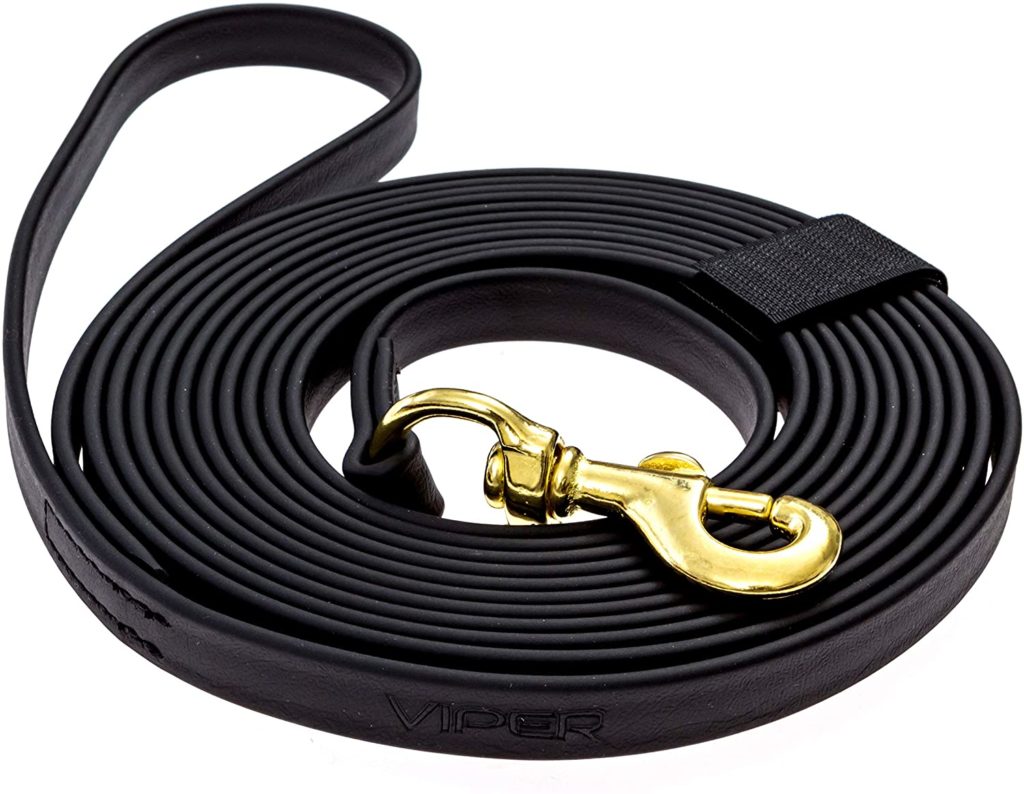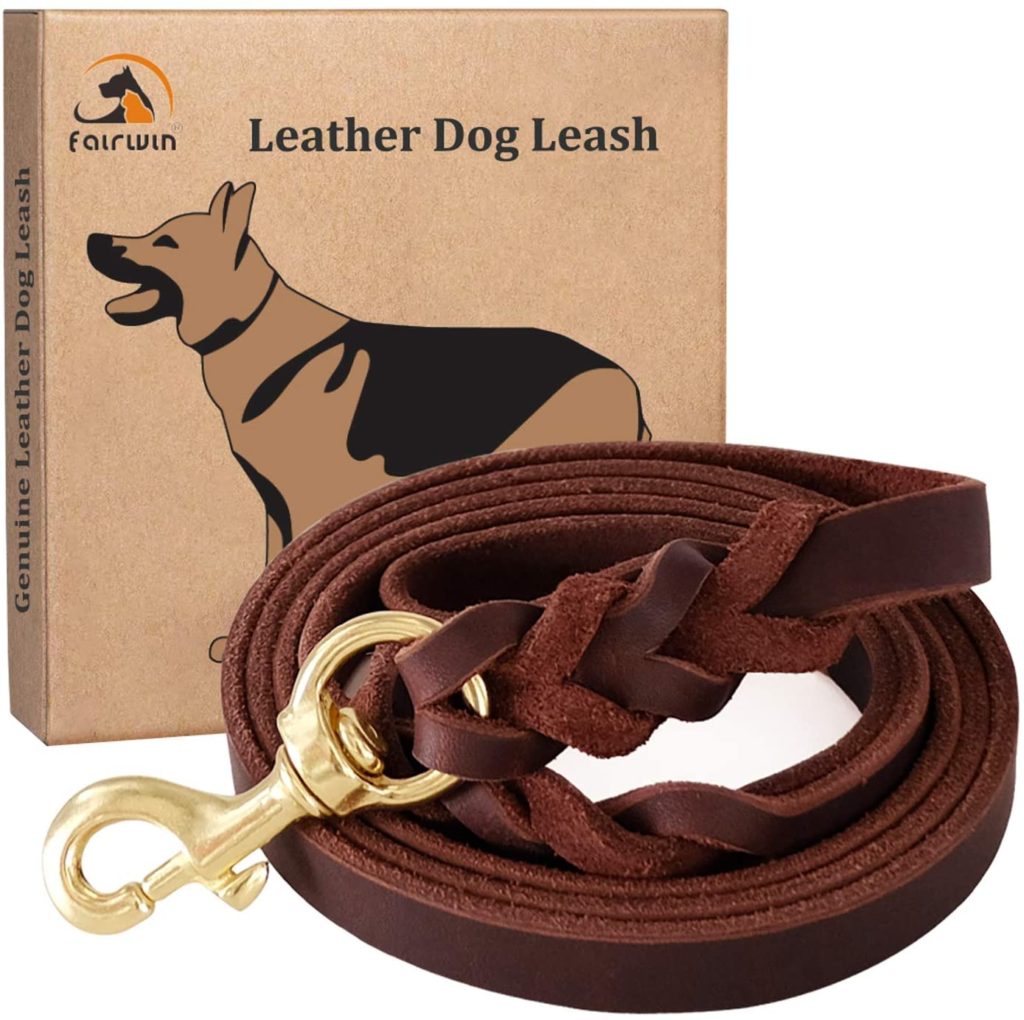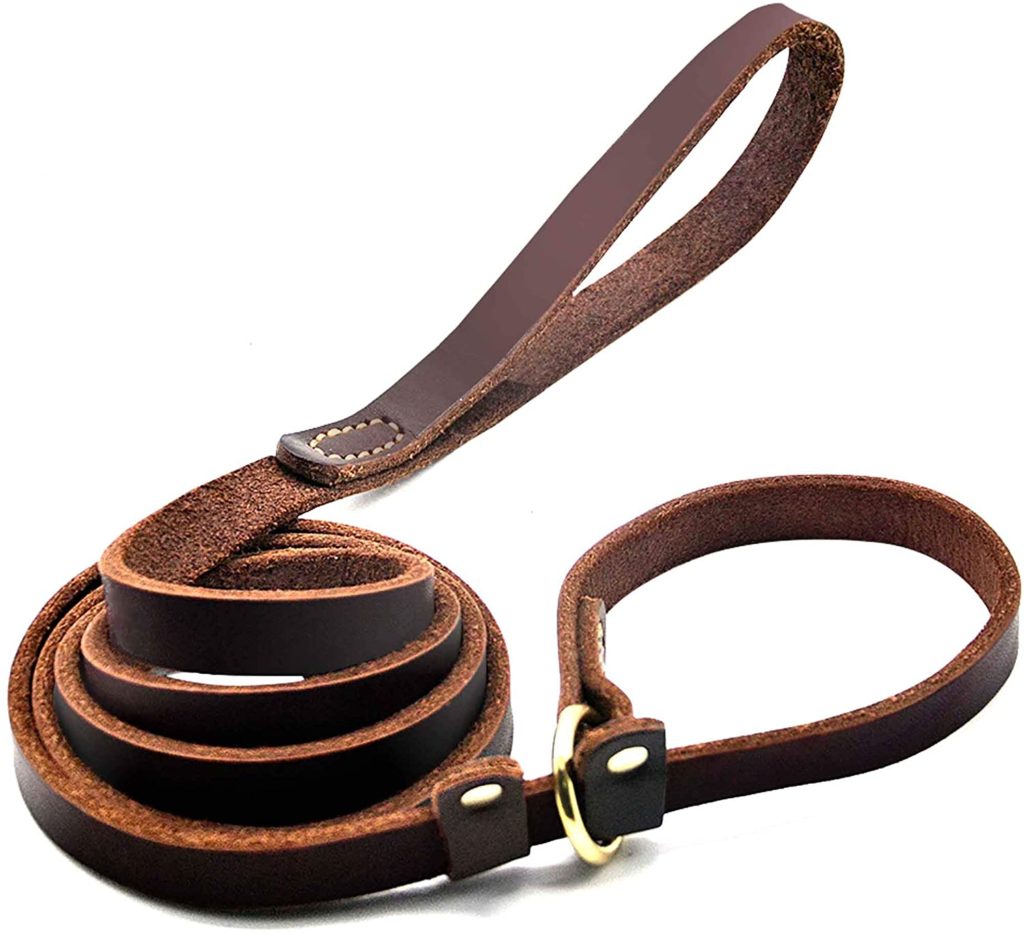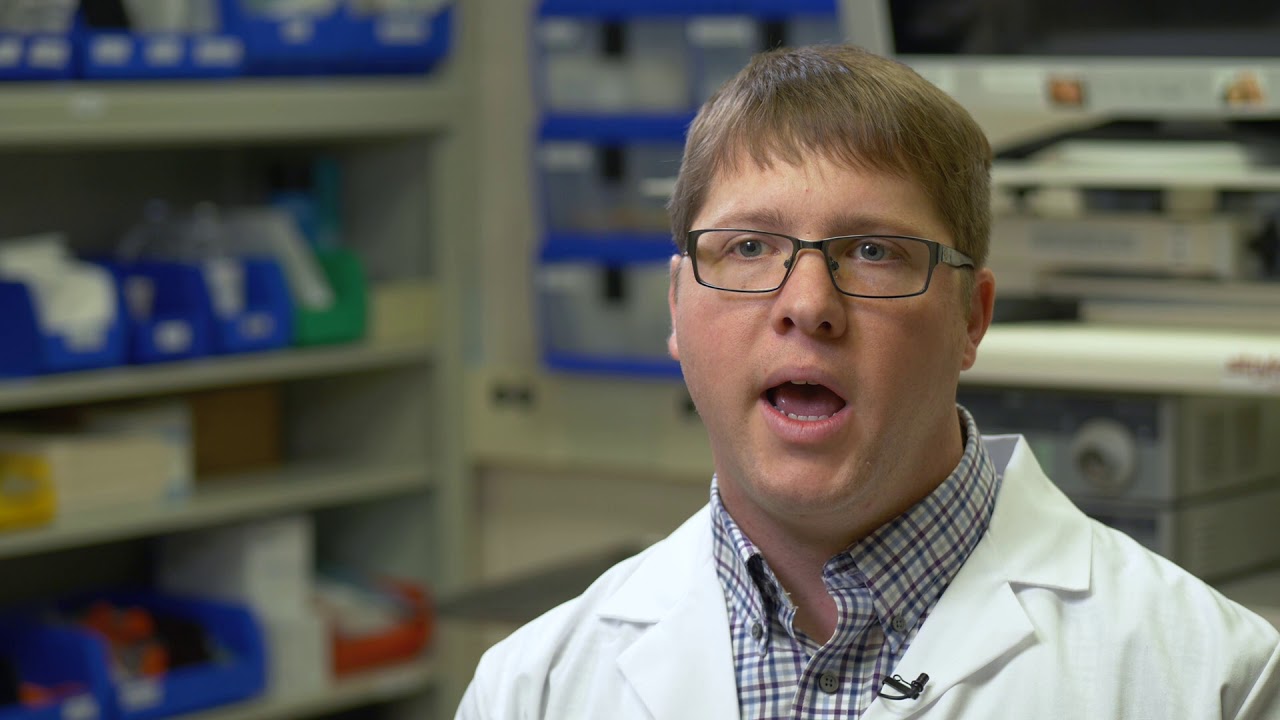Potty training a puppy in an apartment brings several unique challenges.
If you’re like most people, you live in an apartment. And if you’re like most people, you have a puppy. So what do you do when it’s time to potty train your puppy? You follow these 7 simple steps!
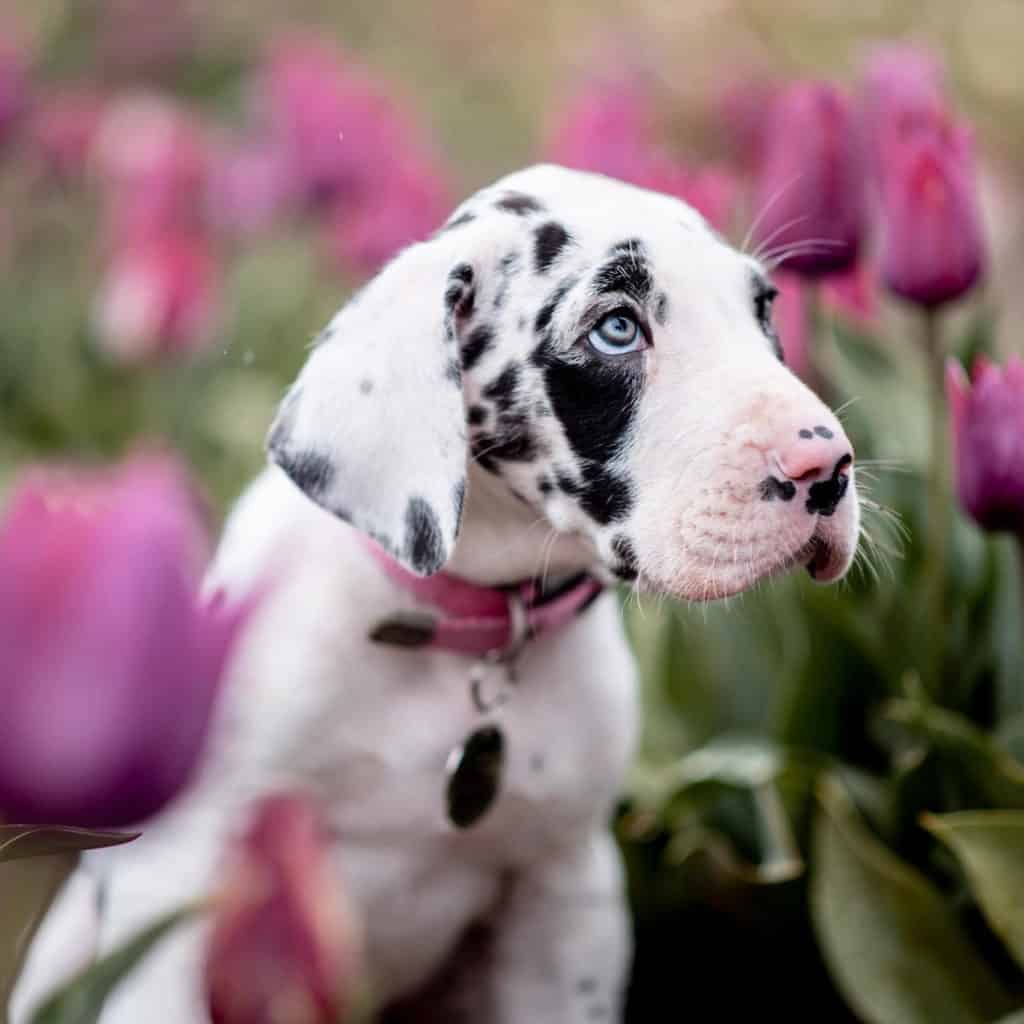
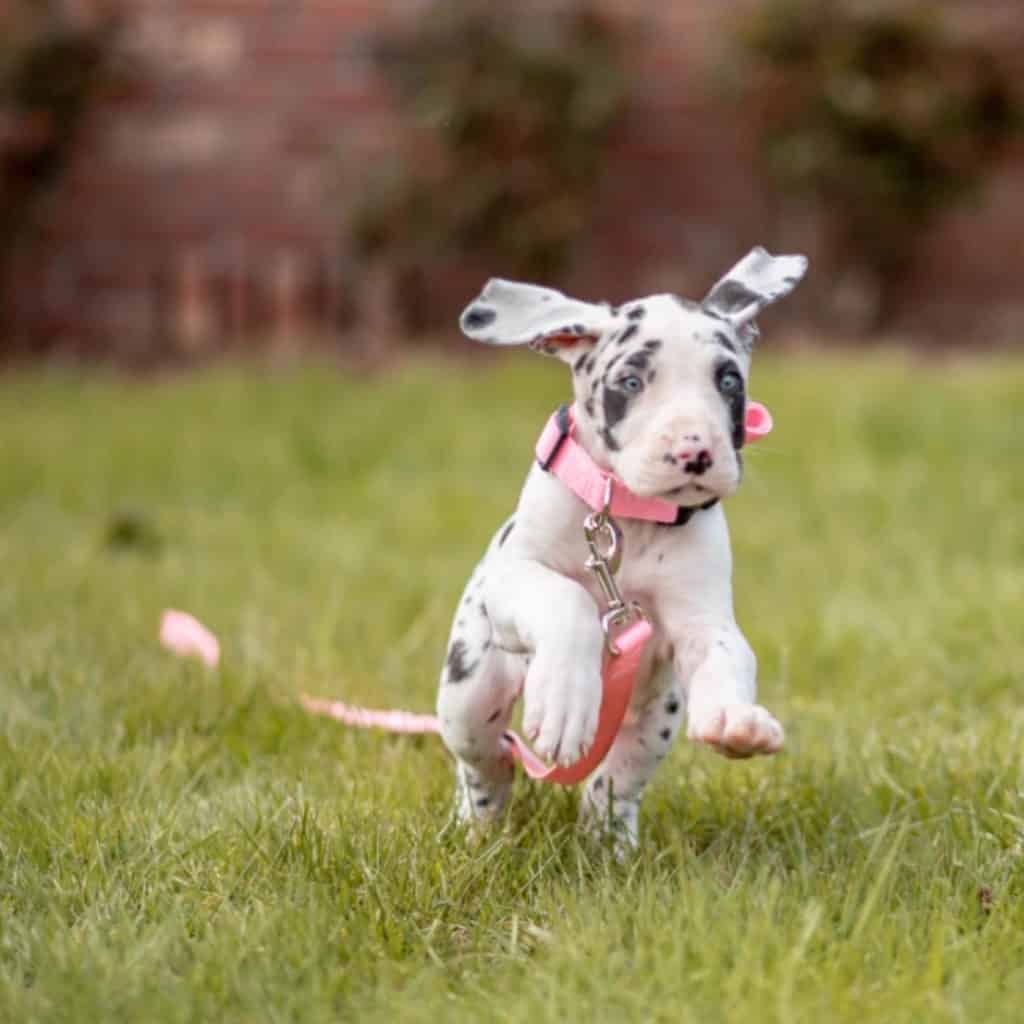
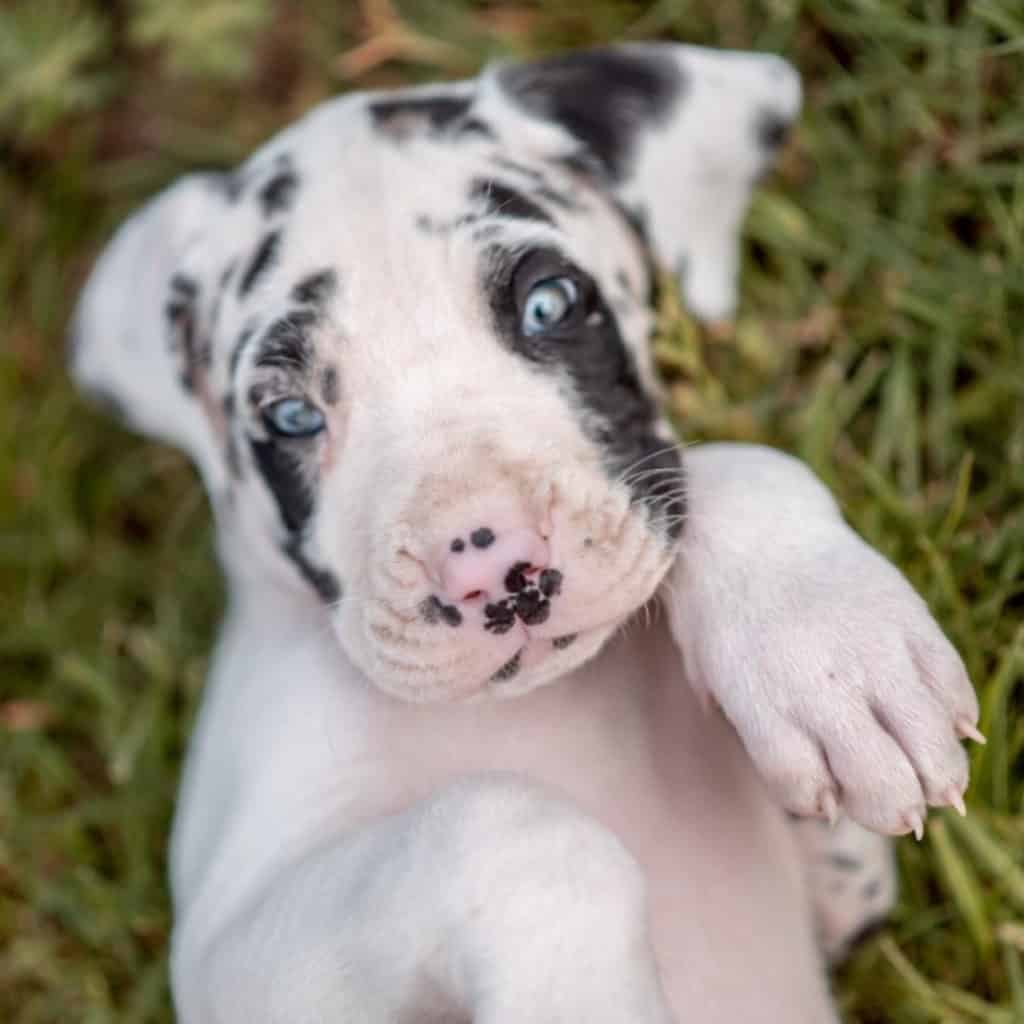
One: Feeding Schedule
Potty training a young puppy can be a challenge, especially if you live in an apartment. One way to make the process easier is to create a feeding schedule.


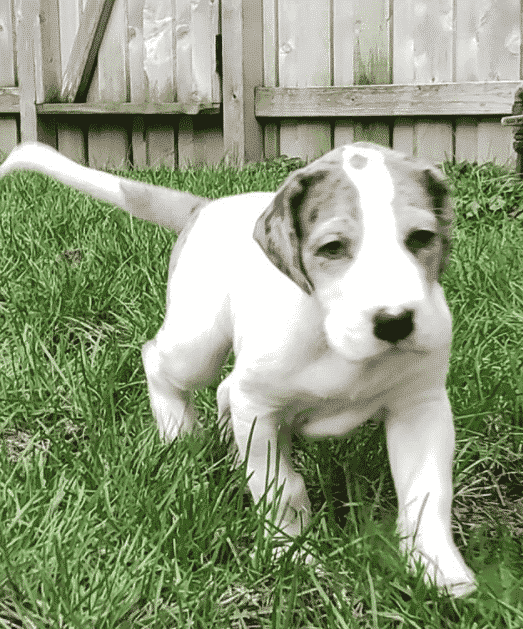
By stick to a regular routine of feeding times, you will be able to better predict when your puppy needs to go out. House training will also be easier if you take your puppy out immediately after eating or drinking.
What is a ‘Feeding Schedule’?
As any dog owner knows, potty training can be a challenge. Dogs are creatures of habit, and they typically need to go outside at regular intervals throughout the day.
| Age | Timing | Amount |
| Puppies under 12 weeks | 3x/day | 2-4 cups/day |
| Puppies 12-24 weeks old | 3x/day | 3-6 cups/day |
| Puppies 24 + weeks (6 months) or older | 2x/day | 5-10 cups/day |
| Puppies 12-18 months | 2x/day | 6-12 cups/day |
| Adults 18+ Months | 2x/day | 4-8 cups/day |
This can be difficult to manage if you live in an apartment, where there may not always be someone around to take your dog out.
One way to help make potty training easier is to create a feeding schedule. Dogs typically need to eliminate shortly after eating, so by making sure that your dog eats at regular times throughout the day, you can help them develop a regular bathroom schedule.
In addition, it’s important to take your dog out frequently throughout the day, especially after meals and before bedtime. By following these simple tips, you can help make potty training a little bit easier for both you and your dog.
Two: A Note on Pee Pads
While potty training a Great Dane puppy in an apartment can often seem like an uphill battle, using pee pads or potty pads can actually make the process much harder.
What are Pee Pads?
Pee pads are designed to absorb fluids and contain odors, allowing your puppy to potty in a designated area without getting dirty.
Should I Use Pee Pads?
However, these pads can train your puppy to potty indoors, rather than outdoors like they should be doing.
By eliminating pee pads or potty pads completely, you can help refocus your puppy’s potty habits, making potty training them an easier and more successful process overall. So if you want to help your Great Dane achieve potty training success in your home, it is best to ditch the pee pads for good!
What Should I Do Instead of Pee Pads?
Training your pup to use real grass is a much better solution in the long run.
For one thing, it’s more natural – most dogs prefer to do their business on real grass instead of synthetic materials.
In addition, real grass helps to neutralize odors more effectively than potty pads, keeping your apartment smelling fresh and clean.
Finally, using real grass will help your puppy learn that there are certain places where it’s appropriate to relieve themselves, and certain places where it’s not.
So if you’re looking for a way to make potty training easier, ditch the potty pads and potty pad training and head for the real thing.
Three: Potty Accidents
As any puppy owner knows, potty accidents are inevitable. You can take all the precautions in the world, but sometimes puppies just gotta go – and when they do, it’s usually in the most inconvenient place possible.
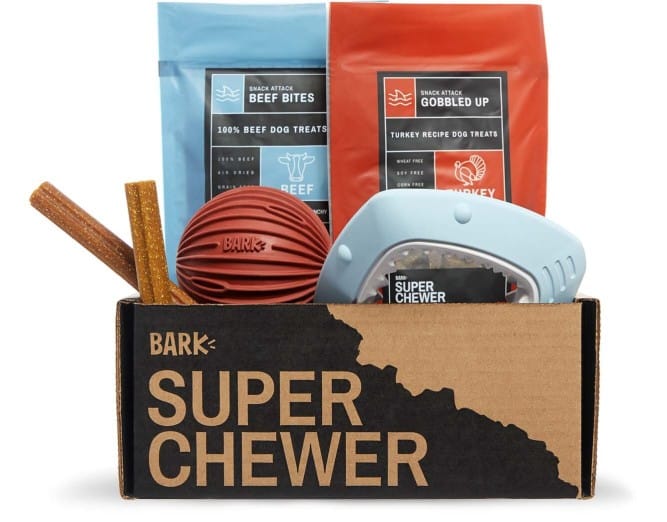
Bark Box offers Super Chewer monthly themed boxes delivered to your door with adorable toys and best of all- they are made for SUPER CHEWERS! Click here to check them out.
If you’re potty training your Great Dane puppy in an apartment, you’re bound to have a few indoor accidents.
But don’t worry – it’s not necessarily a sign of bad behavior. Great Danes are simply big dogs with big bladders, and it takes them a little longer to learn to hold it. So be patient, keep up with the potty training, and designate some safe indoor potty areas for your pup. With a little time and patience, those accidents will become a thing of the past.
How to Go From Accidents to No Accidents
When potty training your Great Dane puppy in an apartment, it is essential to understand that accidents are going to happen. This can be stressful and frustrating, but with the right approach, you can achieve desired behavior and help your pup learn how to go to the bathroom outside.
You might consider a bed with a waterproof liner for potty training months. This Big Barker bed with waterproof liner is what we highly recommend:
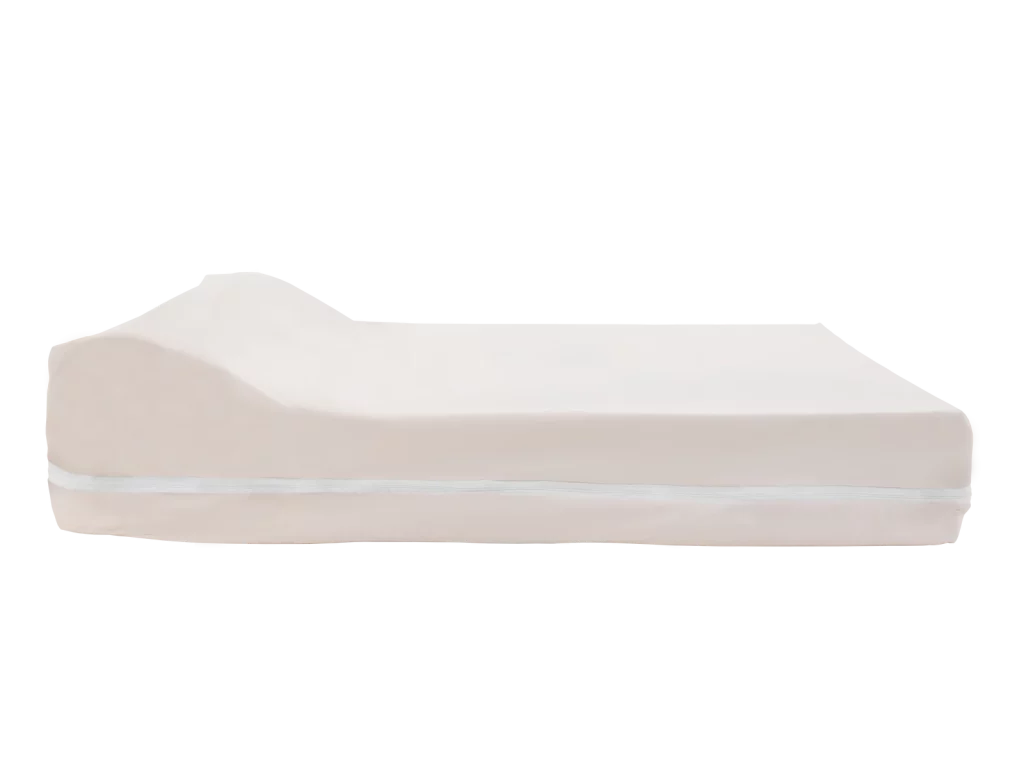
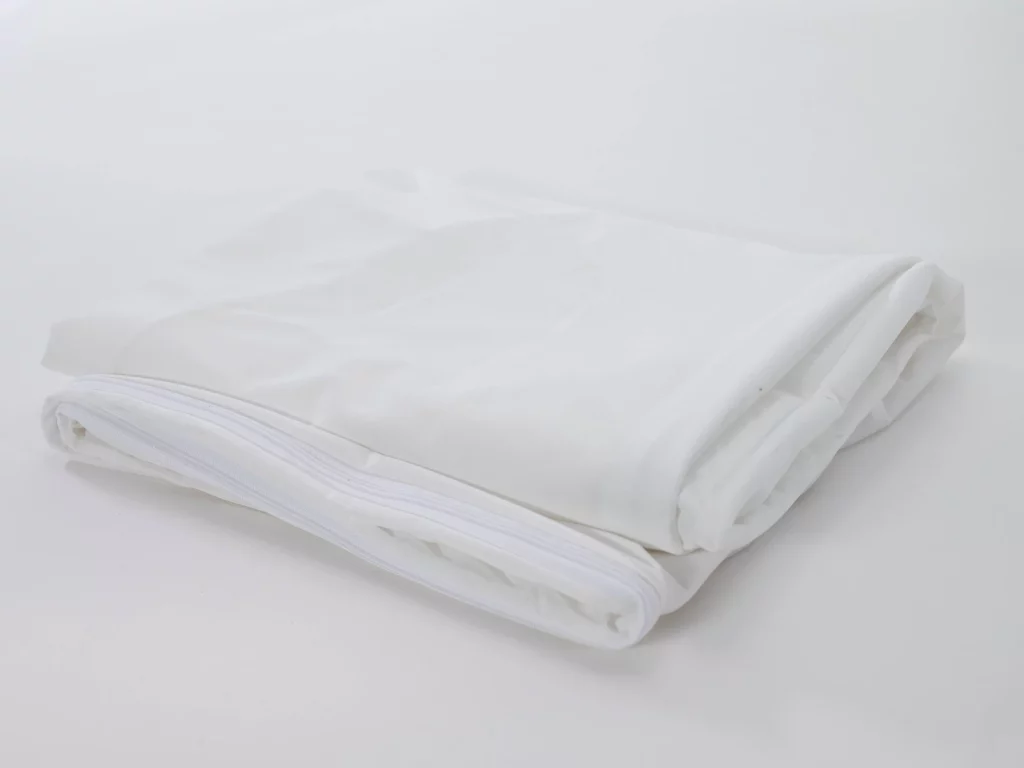
Designated Potty Areas
First, it is important to set up several designated potty areas throughout your apartment. These should be areas that are easy for your puppy to access, such as small rooms or corners where they can go off by themselves. You should also make a clear delineation between these potty areas and places that are off-limits for bathroom purposes, such as bedrooms or living rooms.
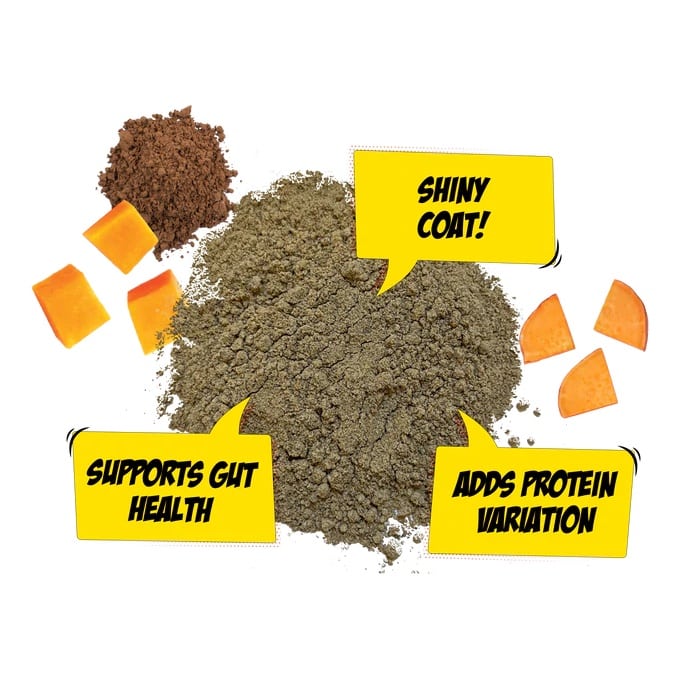
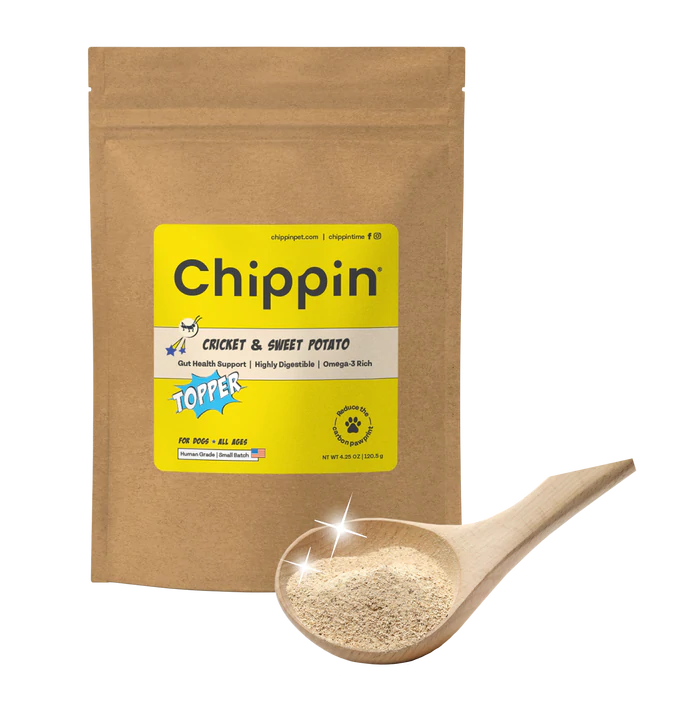
Try to Remain Present During House Training
In addition, you should always make sure that you are present when your puppy goes to the bathroom indoors. One way of incentivizing good behavior is by providing a reward each time they go in their designated potty area instead of on the floor or other surfaces. This might mean giving them a treat or praising them with bellowing tones to show your appreciation for their effort.
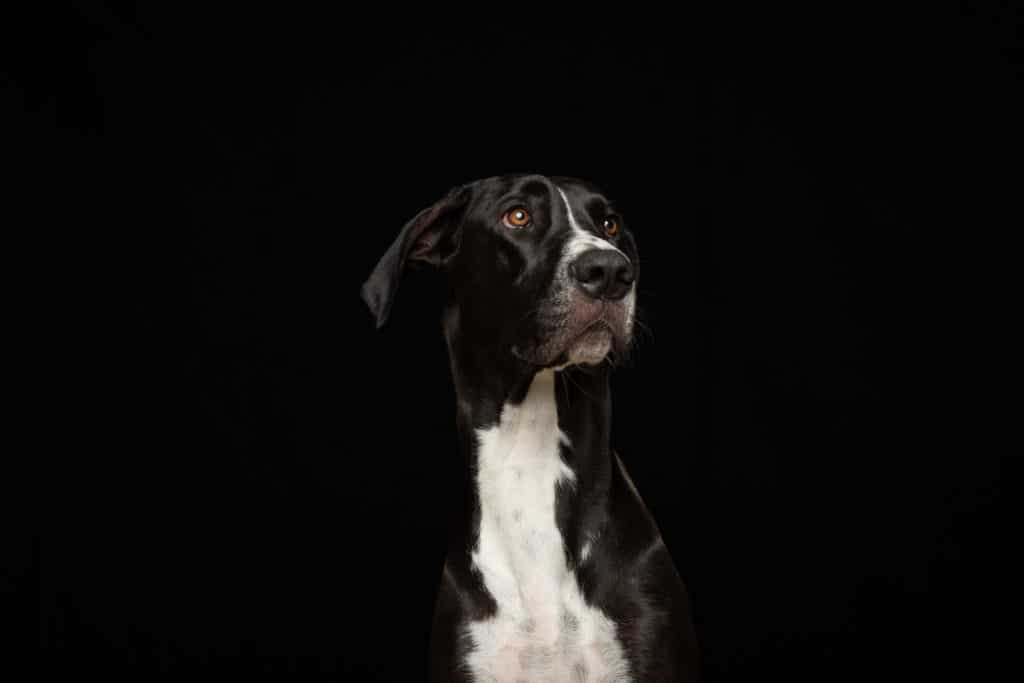
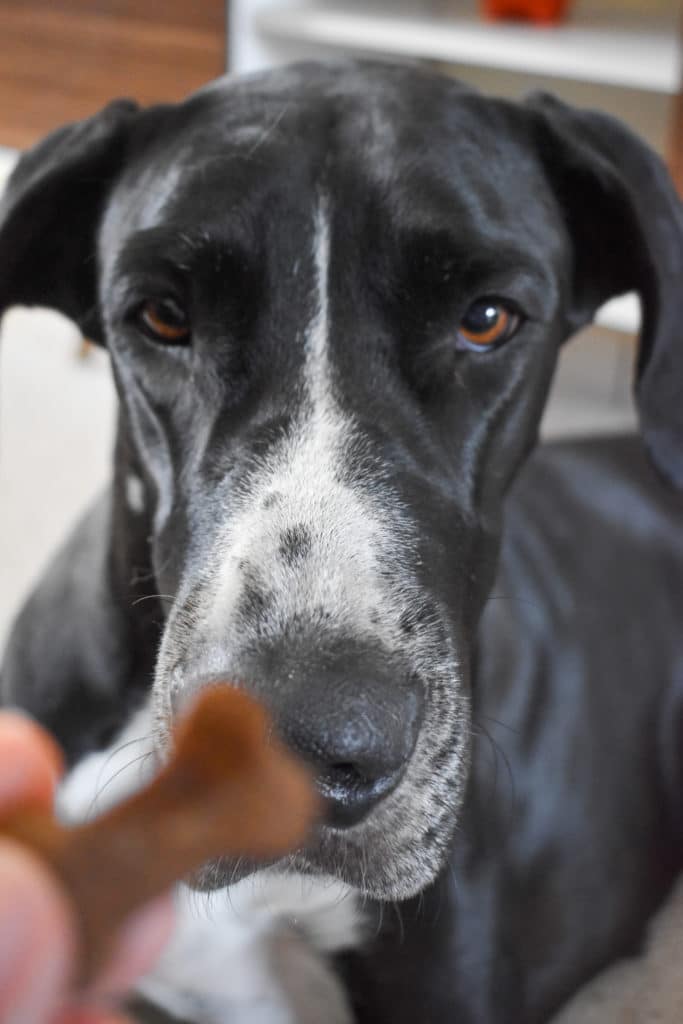
Never Get Angry About House Training Accidents
Of course, there will undoubtedly be times when your puppy has an accident even when you are being attentive and following these guidelines. If this happens, try not to react negatively – getting angry or punishing them will only make the potty process more difficult. Instead, simply clean up the mess and continue to provide positive reinforcement for good behavior. With time and patience, your puppy will get the hang of it!
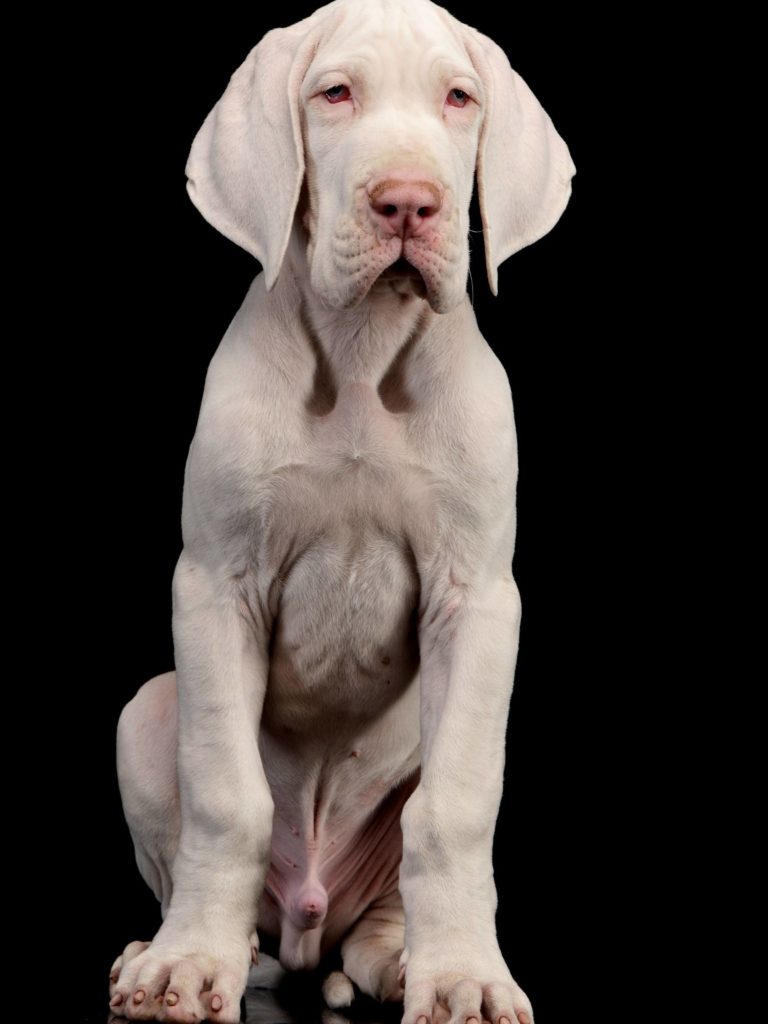
5 Common mistakes you may be making when Training Your Great Dane
Four: Crate Training
Crate training. It’s a term that strikes fear into the hearts of many new dog owners, but it doesn’t have to be a daunting task. Crate training is simply a way of teaching your dog or puppy that their crate is their safe space – a place where they can go to relax and enjoy some peace and quiet. The key to successful crate training is to take things slowly and make sure that your furry friend is comfortable and happy at every stage.
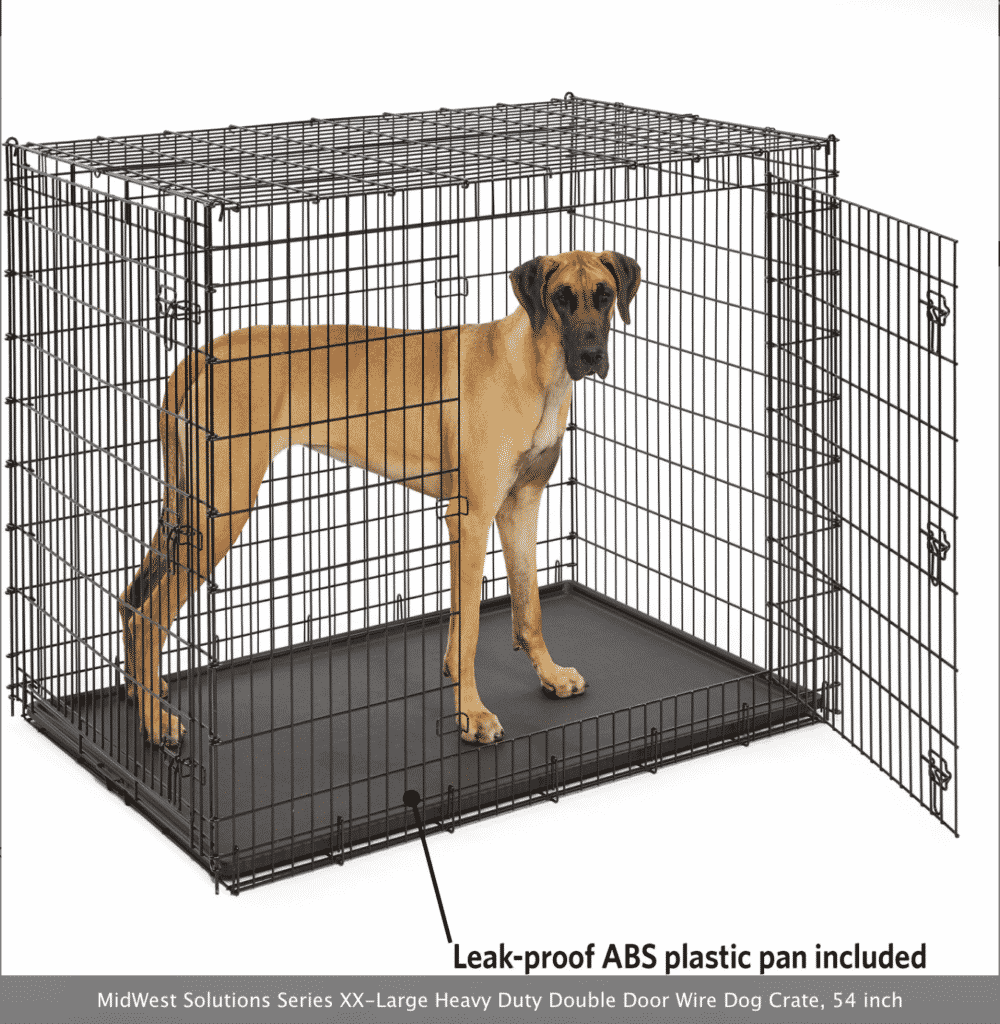
How to crate train a Great Dane: click here
Young Puppies Can Utilize Crates for the House Training
For young puppies, the process can start even before they come home to their new family. If you’re picking up your pup from a breeder, ask if they wouldn’t mind starting crate training.
This will make the transition to their new home much less stressful for everyone involved. And when you do bring your puppy home, take things slowly at first.

The Best Crate for a Great Dane Puppy: Click Here
Let them explore their new surroundings and get used to their crate before you start trying to train them to use it. Once they’re comfortable, you can begin the training process.
Potty Training is Very Difficult..But…
If you’ve ever potty trained a puppy, you know that it’s no easy feat. But what if there was a way to make the process a little bit easier?
The idea is to create a positive association with the crate by using things like treats and toys. Once your dog is comfortable with the crate, you can start to use it as a tool for potty training.
For example, make sure their crate only has enough room for them to sleep in, with no room for them to have ‘potty space’. This will help to train their brain to associate the crate with sleeping and not going to the bathroom.
It’s important to remember that training your dog to use a crate is only one tool in the potty training arsenal. It’s not a magic solution, but it can be a helpful way to make the process a little bit easier.
With patience and positive training, using a crate can be an effective way to potty train your pup.
Five: Basic Training Time
Most puppies need some basic training in order to furry companion. This is true for everything from housebreaking to obedience. The following five tips will help you get started on training your puppy.
1. Be Consistent: Puppies learn best when they are given consistent, clear commands. Make sure everyone in the family uses the same words and phrases when talking to the puppy.
2. Be Patient: Puppies are not born knowing what is expected of them. They will make mistakes, and it will take time for them to learn the behaviors you want. Be patient and praise your puppy when he or she does something right.
3. Use Rewards: Dogs are motivated by food, so using treats as rewards for good behavior is an effective way to train your puppy. Start with small treats that can be easily eaten, and gradually increase the size as your puppy gets older.
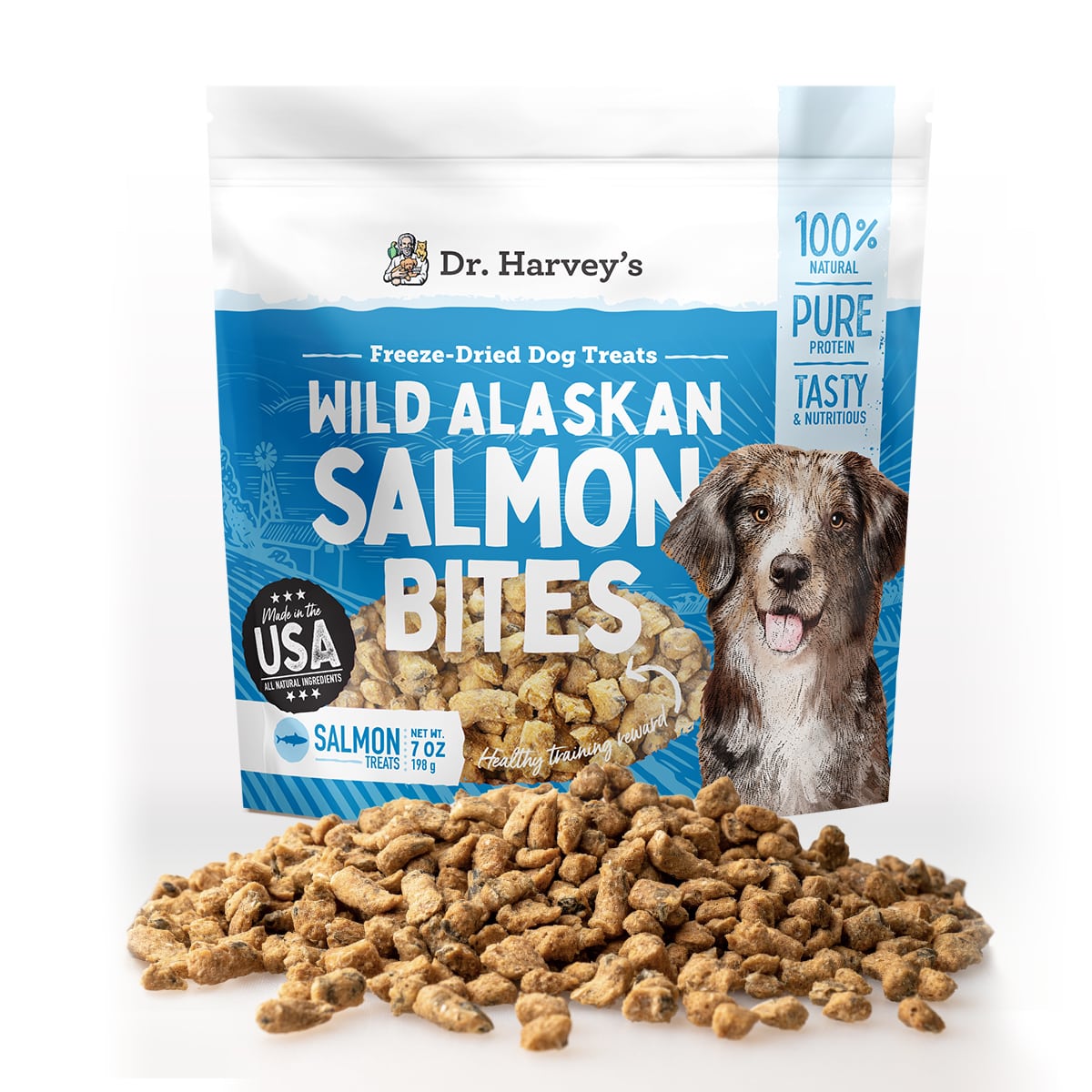
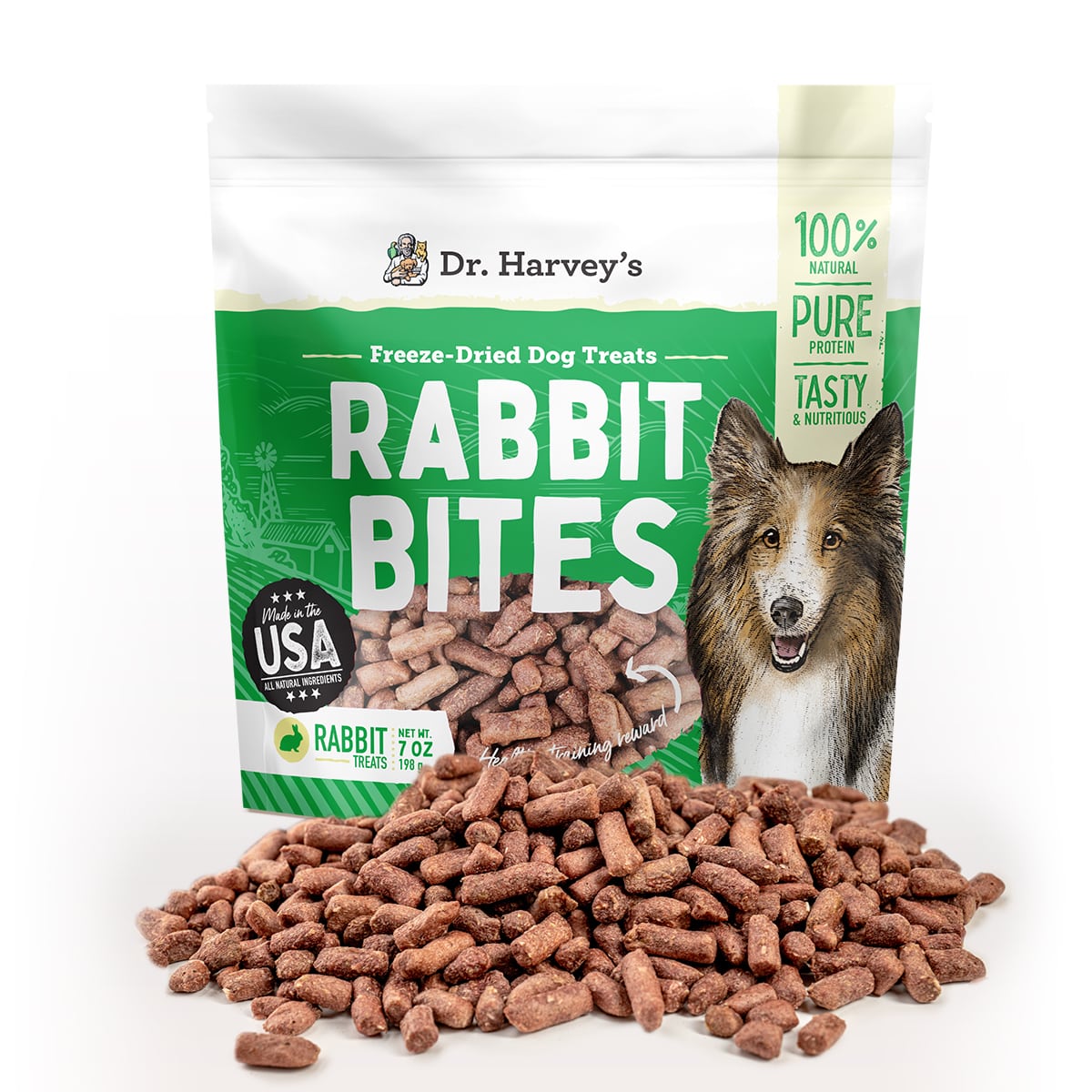
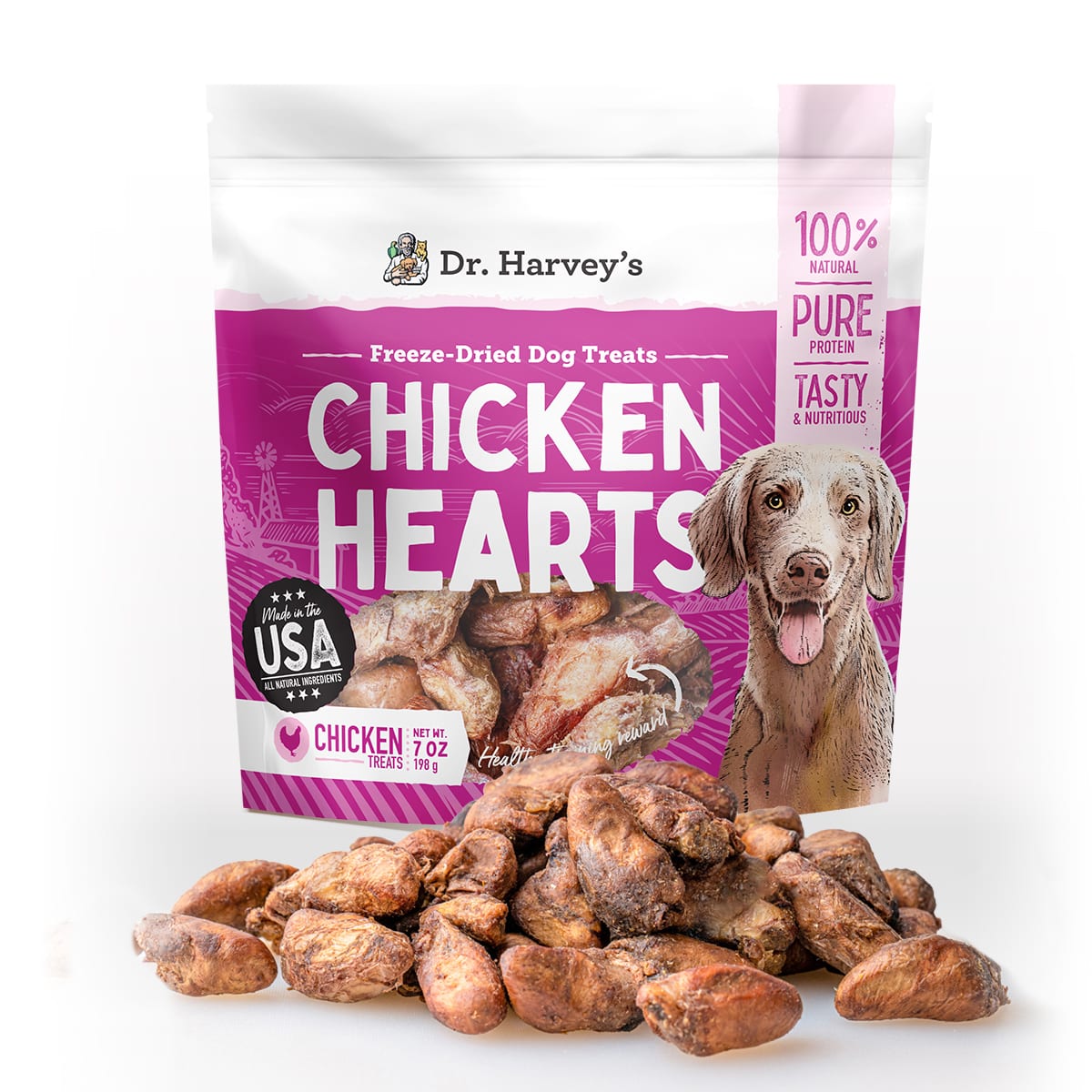
4. Avoid Punishment: punishing your puppy will only make him or her more afraid of you and less likely to obey your commands. If your puppy does something wrong, simply ignore it and praise him or her when he or she does something right.
5. Take Things Slow: Don’t try to teach your puppy everything at once.
How to Obedience Train a Puppy in an Apartment?
When it comes to training a Great Dane in an apartment, there are a few key considerations that are essential for success.
Establish Routines
First, it is important to establish structure and routine from the very beginning of the training process. This means establishing regular feeding times and walking schedules, as well as incorporating fun activities like playtime or training sessions into your pup’s daily routine.
If you live in an apartment, you will need to be intentional with your dog or puppy to achieve success with any training, including potty training a Great Dane.
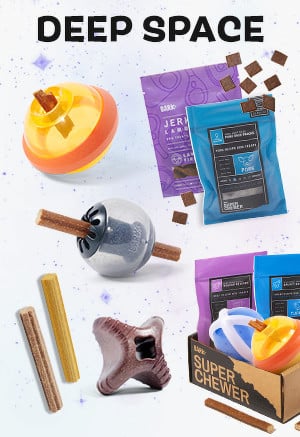
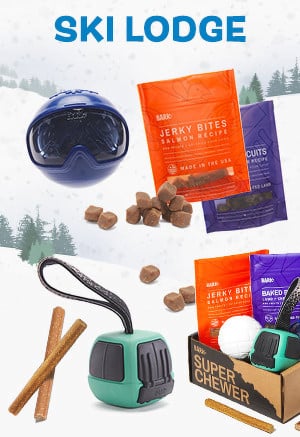
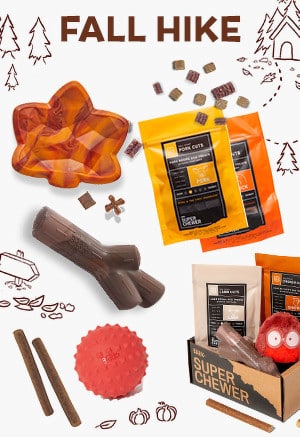
Owning a dog while living in an apartment requires some intentionality on your part. You’ll need to take extra care to make sure your pup doesn’t become bored or restless which can lead to destructive behaviors.
That means being mindful of things like how much exercise they’re getting and providing them with plenty of toys and stimulation.
But it’s all worth it when you come home to a wagging tail and a furry friend who’s always happy to see you.
Positive Reinforcement
When it comes to training a Great Dane in an apartment, there is no one-size-fits-all approach.
Some people may be tempted to get angry with their puppy and instill fear in order to get them to behave, but this is not actually the best way to train a dog. It is best for so many reasons to remain calm and patient while teaching your puppy new tricks.
Instead, the most effective way to train a puppy in an apartment is with positive training techniques. This can involve rewarding good behavior with treats or praise, and gently redirecting negative behaviors such as jumping or chewing on furniture.
Finding a Balanced Trainer
In order to reap the benefits of positive training techniques, it’s important to consult a certified dog trainer or other experienced expert who can help you design a customized training plan for your specific situation.
Whether you’re dealing with separation anxiety or having trouble teaching your puppy to walk on a leash or working through potty training, having someone knowledgeable on hand can make all the difference when it comes to making sure your pup gets the best possible care and training.
So if you’re looking for ways to train your puppy in an apartment, remember that positive reinforcement and hard work with consistency are always key ingredients!
Seven: Designate a Potty Area
When potty training a puppy in an apartment, it is important to designate a specific area for your pup to do his business. This area should outdoors, and should be an area that is easily accessible for your pup.
If you live in an apartment, this may mean taking your pup down to a nearby park or other designated potty area.
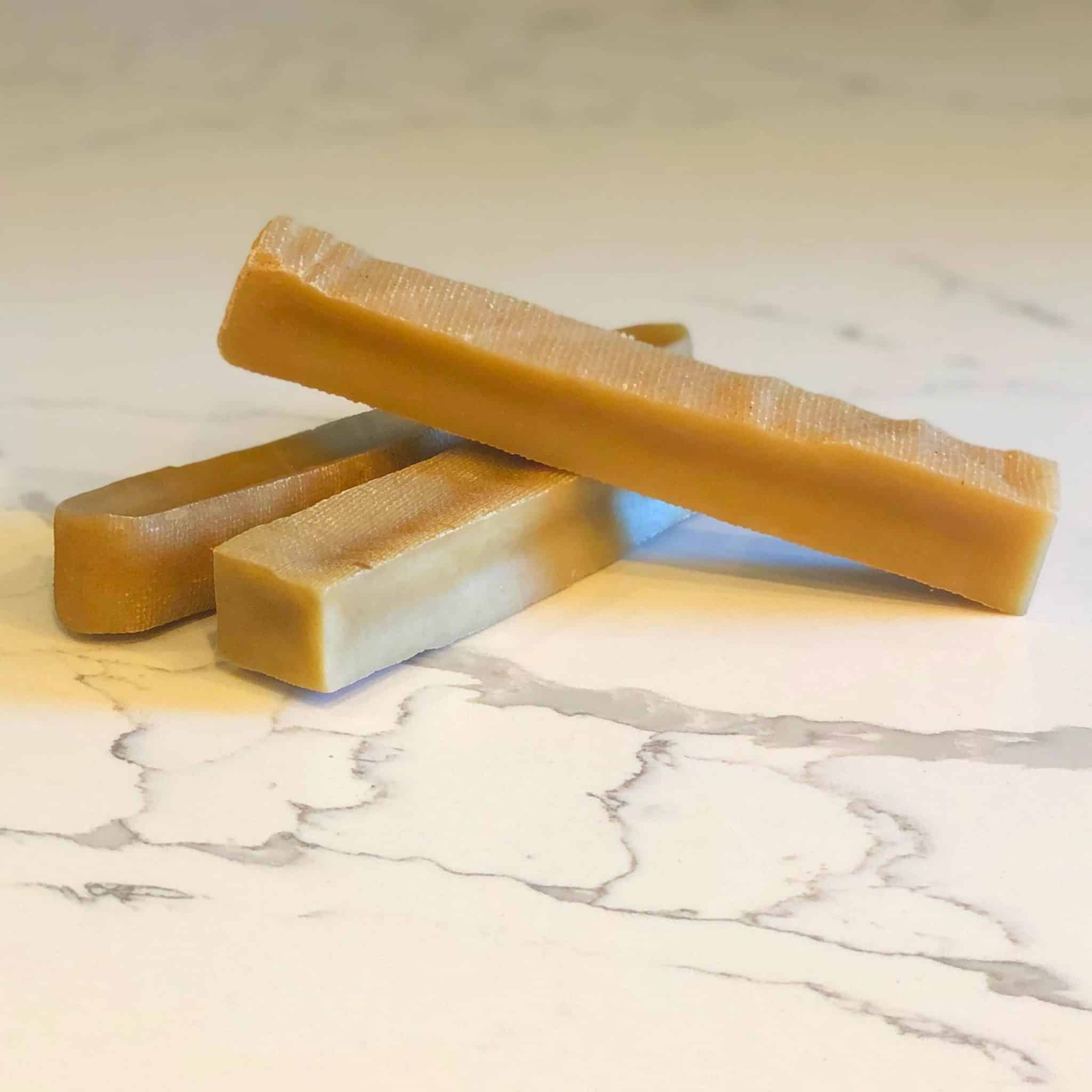
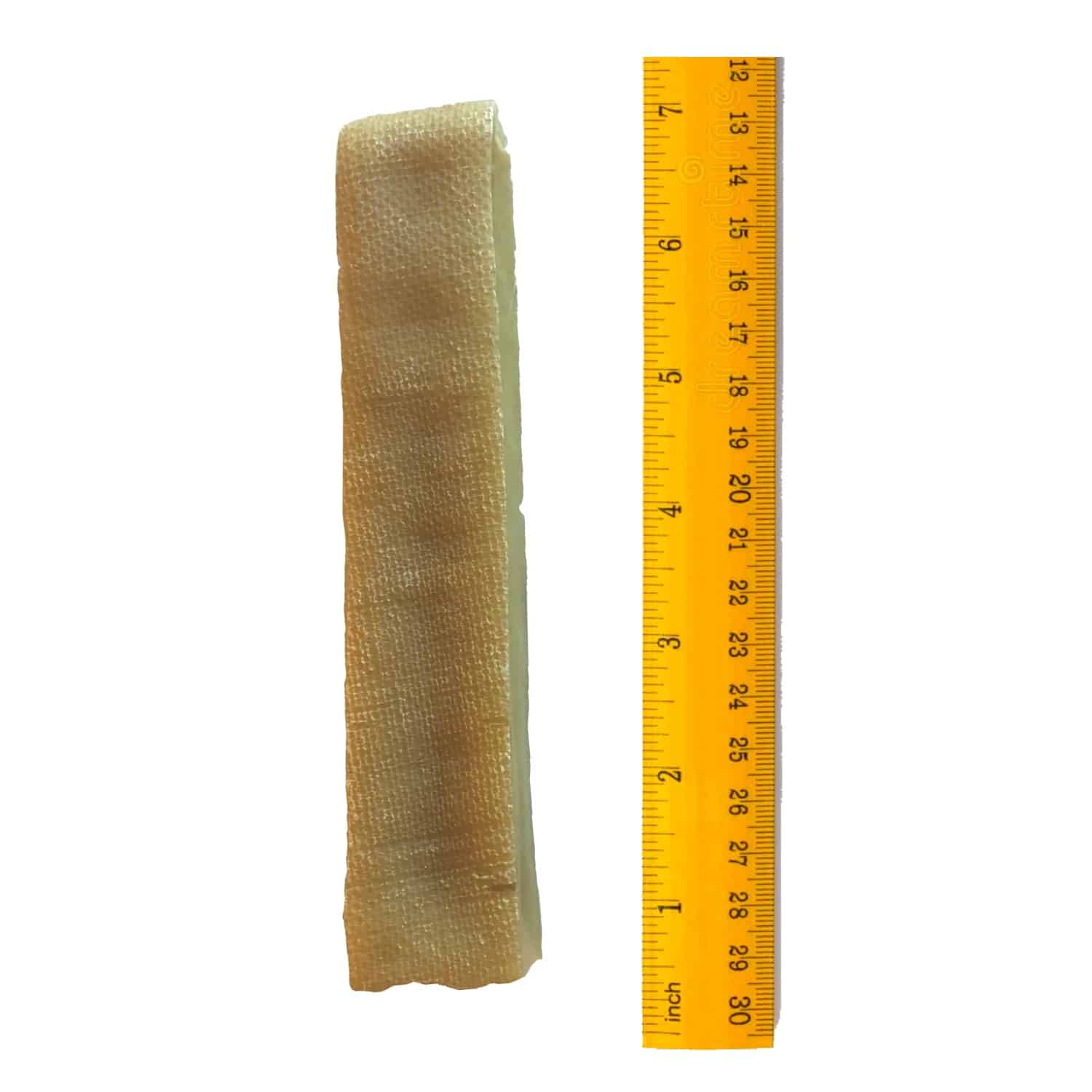
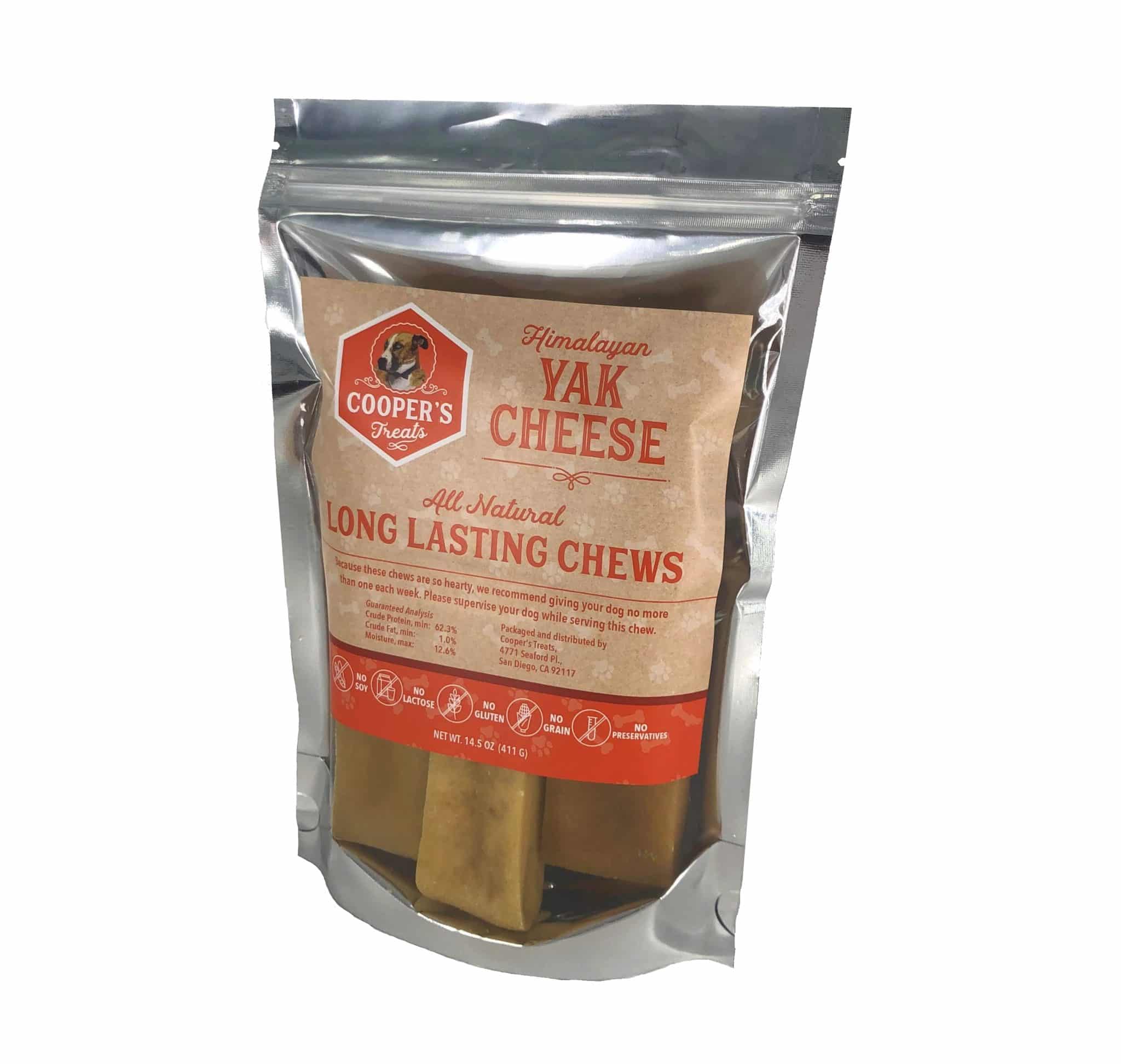
Eight: Utilizing Tools: Things You Need
When beginning to train a puppy how to fit into a potty schedule, there are certain things you will need to conduct training in an apartment building.
The priorities for items you will need include items for safety, a means of keeping your puppy on a schedule, and items to manage accidents.
A few key items for success in potty training a Great Dane in an apartment include:
- A belly band
- Exercise Pen and/or baby gates
- Crate
- Plenty of treats
- Supplies for cleaning up messes
- Leash/Collar
- Dog Walker
- Toys and chews
- Plenty of Patience
Belly Band
A belly band can be a resource/tool used for male puppies in the potty training process. It is a type of “diaper” that goes around the male’s waist and covers his penis.
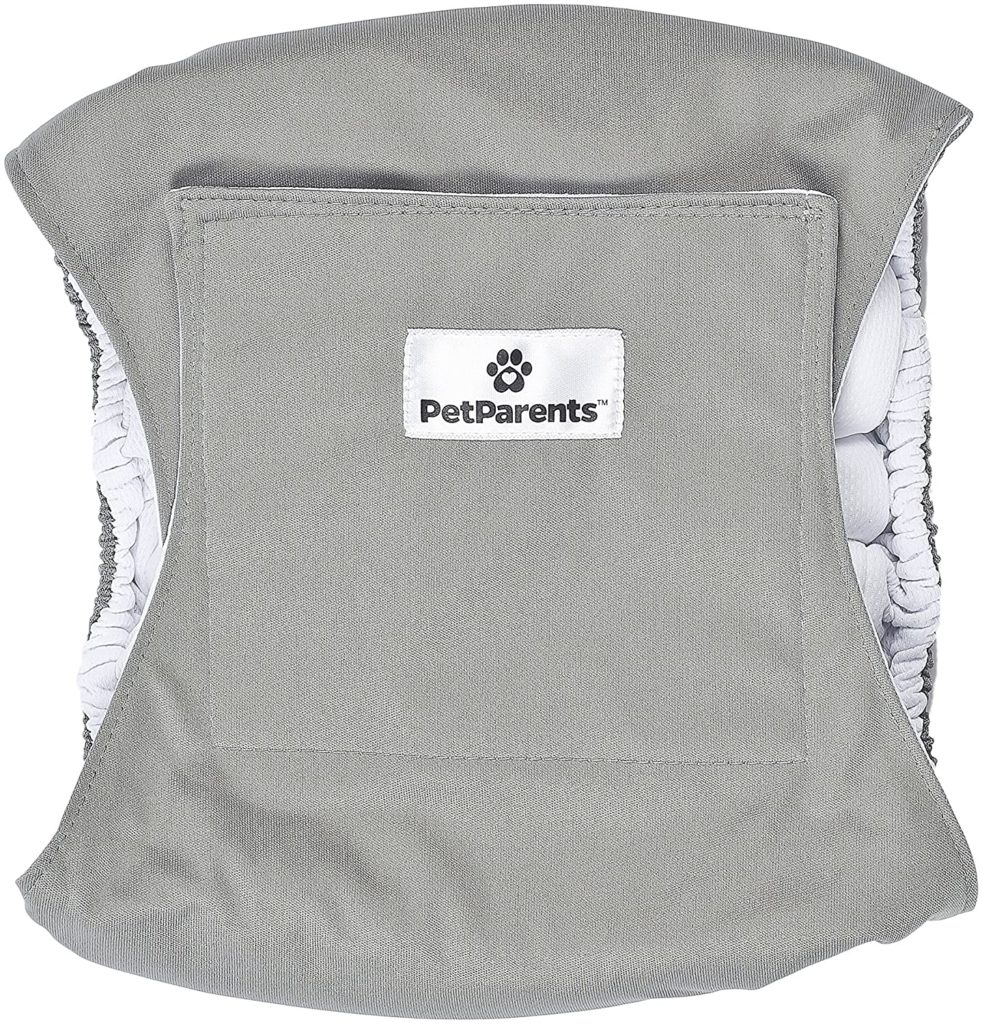
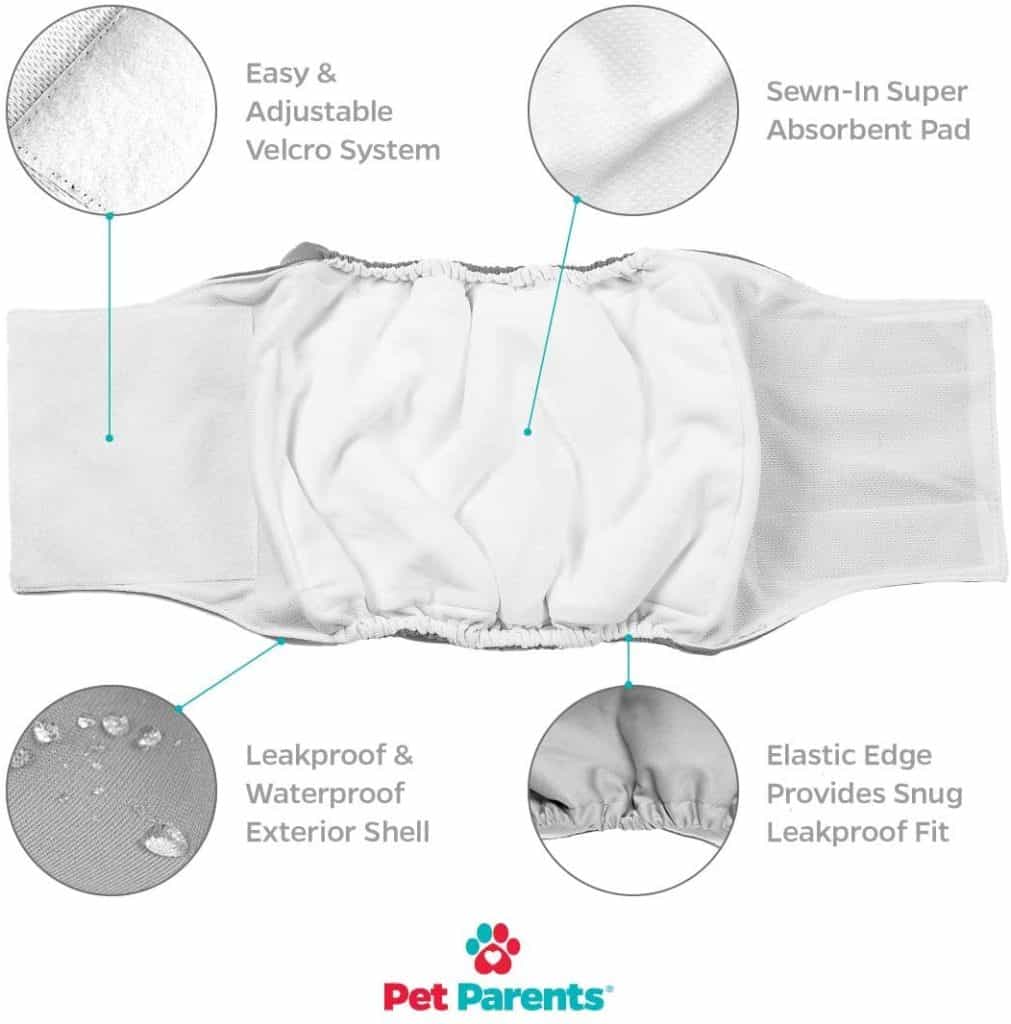
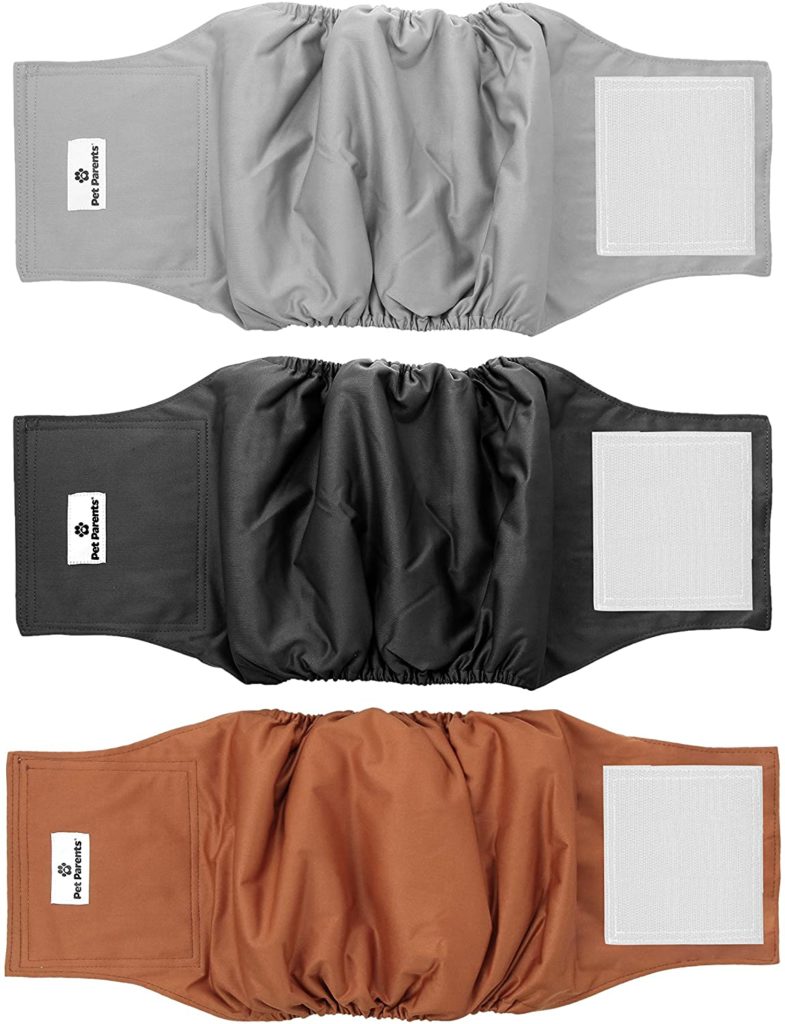
Belly bands can serve two purposes: they can help with managing accidents by catching any urine that may leak out, and they can also be used as a form of positive training.
For example, if you put the belly band on your puppy before he goes outside to Potty, and he successfully relieves himself outdoors, you can give him a treat as a reward.
This will help your puppy understand that he is being rewarded for going potty in the correct place.
The second reason belly bands can be helpful is to prevent your male puppy from peeing indoors.
If you catch your puppy beginning to lift his leg to pee inside, you can make a loud noise (clapping your hands, for example) to startle him and interrupt the behavior.
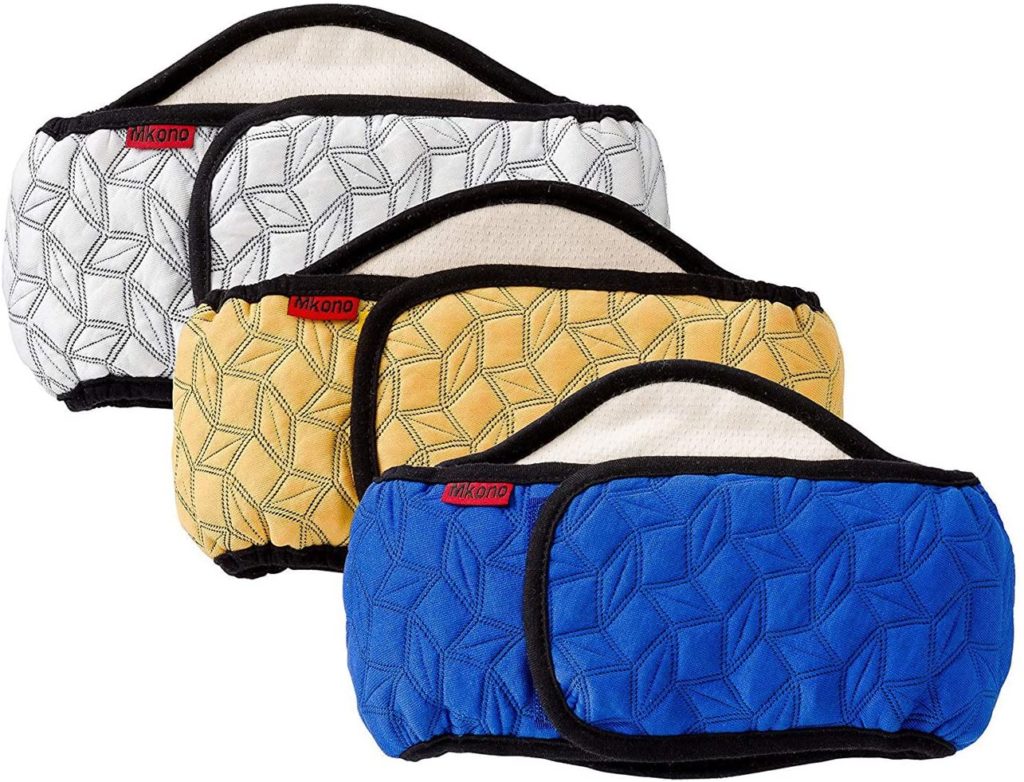
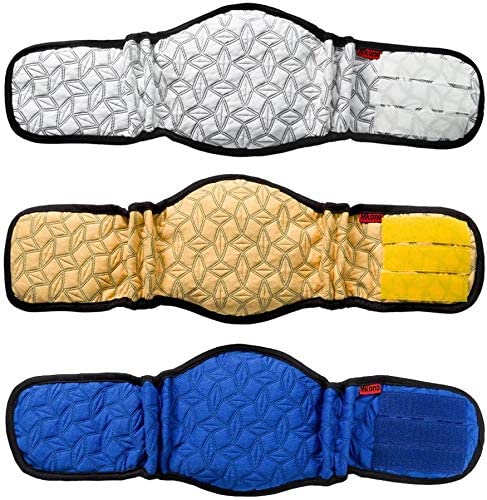
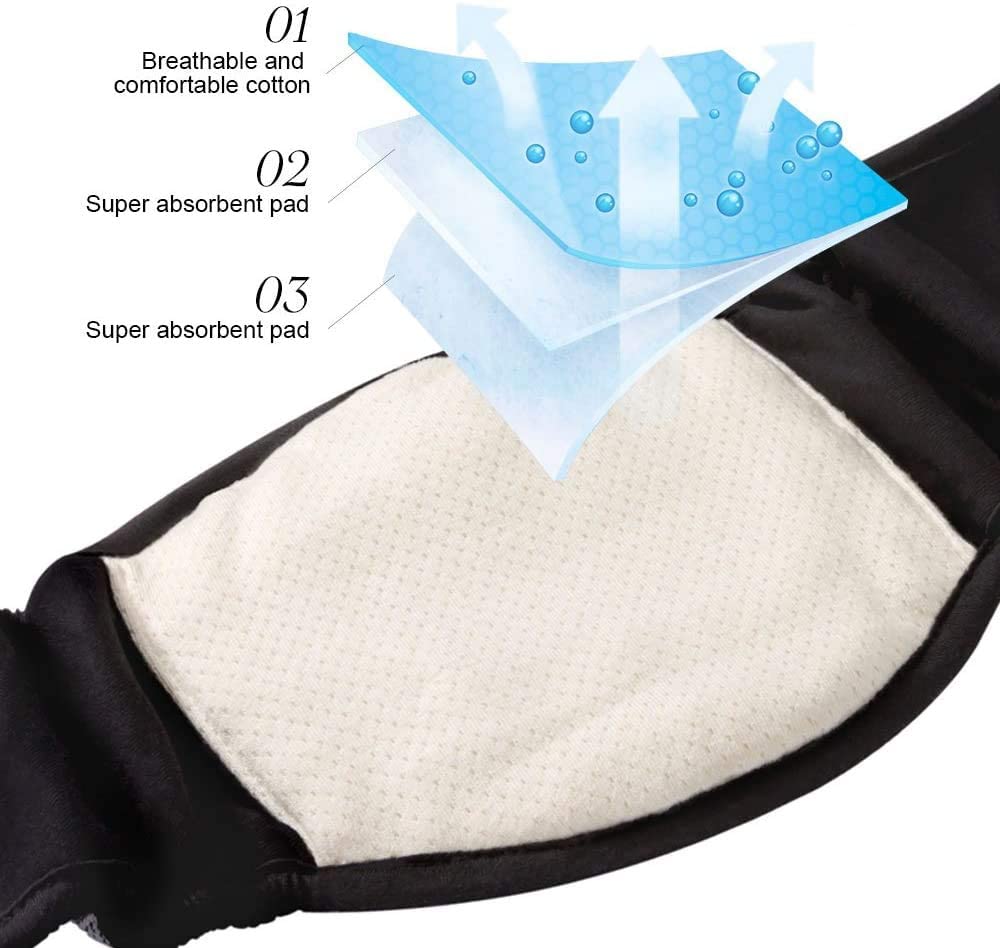
Then, take him outside immediately so that he can finish going potty in the correct place.
Remember to praise and reward him when he finishes going potty outdoors!
Exercise Pen or Baby Gate:
Using an exercise pen or baby gate will confine your puppy to a certain area so he does not have full range of the apartment and an accident.
To use a baby gate, find one that is tall enough your puppy cannot jump over it, and wide enough so it can fit snugly in the doorway without gaps. You will also need to find a way to prop open the door so the baby gate can stay in place.
Secure your dog within a safe and baby proofed area with the gate. It is crucial to make sure that there is nothing that they can get themselves into- like foods or trash.
Once your pup is safe in the area with the baby gate keeping them inside, you can let them practice their independence by leaving them in there for a few minutes at a time.
This practice will help your pup learn what it means to be by themselves, and also that it is not okay to pee inside.
Crate
A crate will be used for times when you are not able to watch your Great dane or he needs a time out to calm down. Using a crate helps your new Great Dane know that they should not potty inside.
Using a crate helps to create a space that is just for your Great Dane pup- it should be their own personal space where they can feel safe and comfortable.
Your Great Dane pup’s crate should be big enough for them to stand up, turn around, and lie down comfortably. It should not be so big that they can use one end as a bathroom.
You will also want to make sure that the crate is in a place where there is not too much stimulation- like near the TV or stereo.
And finally, you will want to get your puppy used to spending time in their crate gradually- start with only leaving them in there for short periods of time (a few minutes) and gradually increase the amount of time they spend in there as they get more comfortable.
Plenty of Treats
Treats are a great way to reward your Great Dane for going potty in the correct place, and they can also be used to help teach your puppy where they should go potty.
For example, if you are walking your Great Dane and he starts to sniff around and circle like he needs to go potty, you can give him the cue word or phrase that you have chosen (like “go potty” or “hurry up”).
As soon as he starts going potty, praise him and give him a treat. This will help him understand that he is doing what you want him to do.
You can also use treats to help teach your Great Dane specific places that you’d like them to pee or poo.
Here are some of our favorite treats:
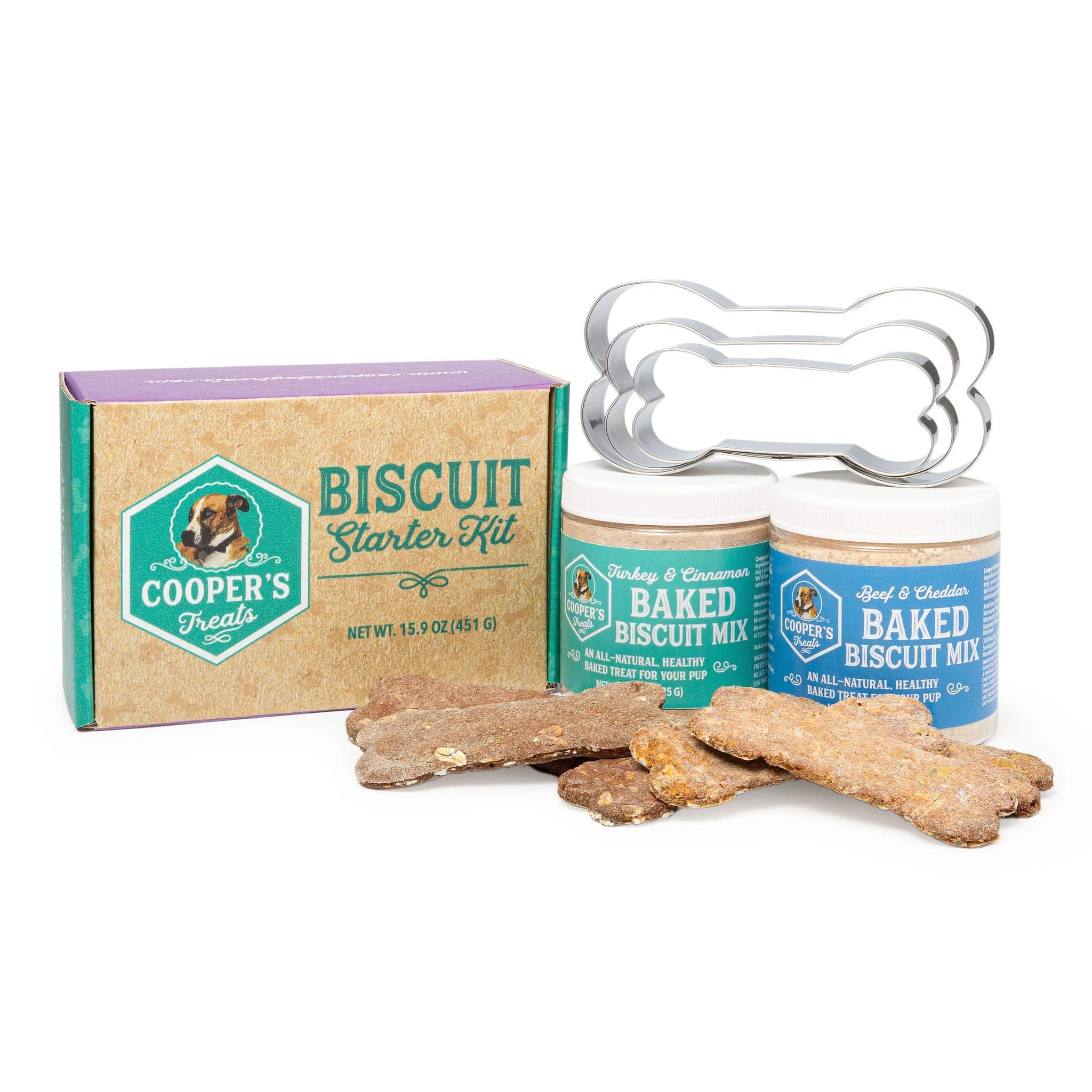
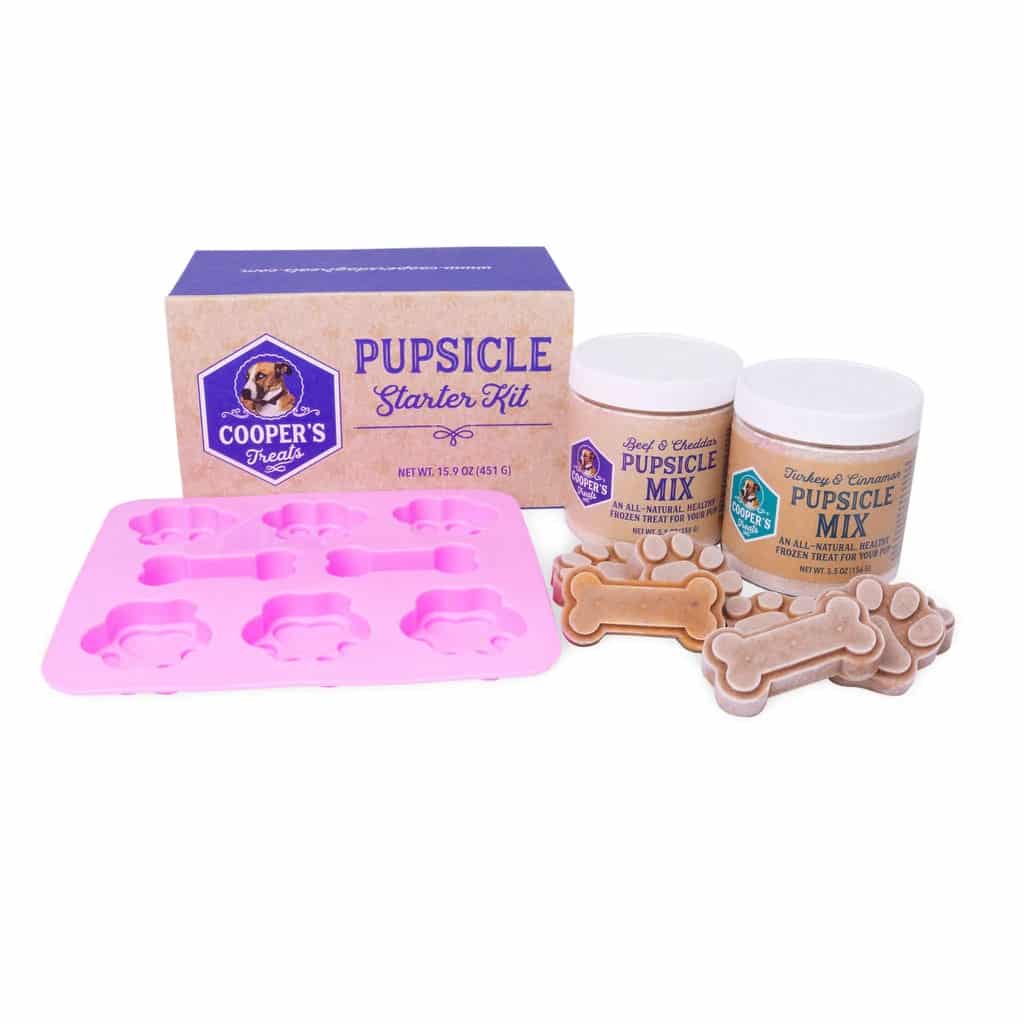
Supplies for cleaning up messes:
Last but not least, you’ll need to have some supplies on hand for cleaning up any accidents that happen.
Paper towels, a pet Stain & Odor Remover (we like Nature’s Miracle), and a black light will help you clean up any accidents quickly and effectively.
The paper towels are for blotting up the urine or feces, the stain & odor remover is for removing any lingering smells, and the black light will help you find any hidden stains.
With these supplies on hand, you’ll be able to deal with accidents quickly and efficiently so that your Great Dane can learn from them and start going potty in the right place!
Poop Bags
Potty bags are an essential during the entire life of your pup for when your puppy relieves itself. Some apartments have bags offered in dog friendly spaces, so keep an eye out. If your apartment does not offer poop bags, you might want to stock up- with large dogs comes quite a lot of poop!
Leash
You should invest in a quality leash that your puppy can stay safe with for their training.
A long leash is helpful when your puppy is learning how to walk on a leash so they have room to explore but you still maintain control.
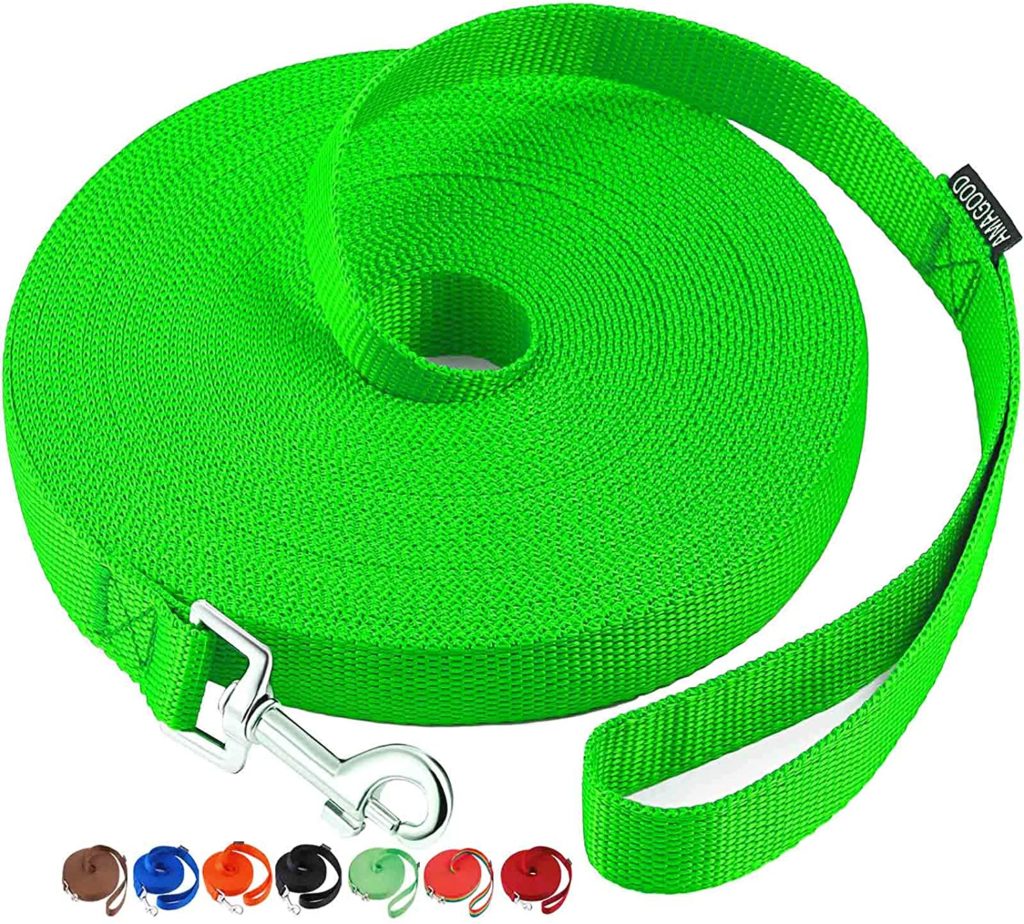
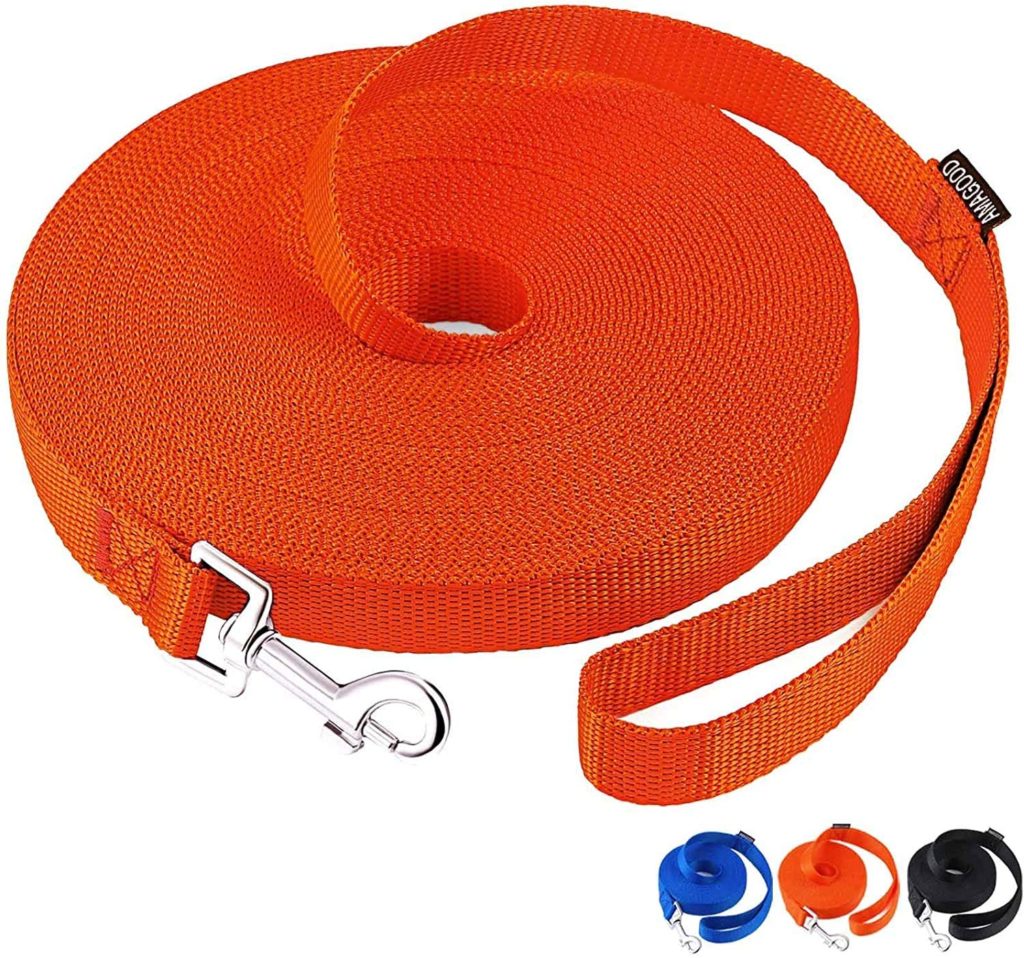
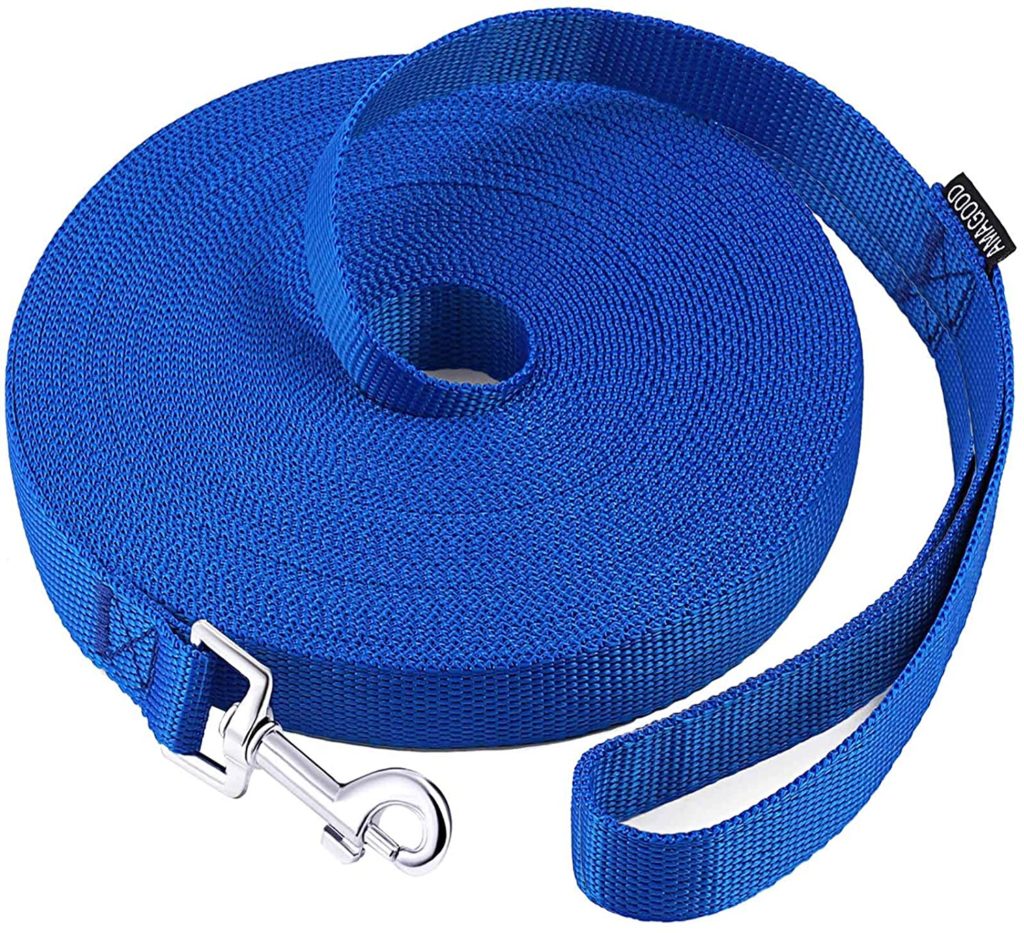
A short leash is helpful when you are teaching your puppy commands such as sit or down, and need to be close by for treats or corrections.
Collar
A standard collar will be necessary while working on bathroom breaks, or during any other training session.
There are an abundance of collars on the market, including nylon, leather, and even GPS collars. You will want to find a collar that is comfortable for your puppy to wear and also suits your needs as an owner.
Here is one of our favorites:
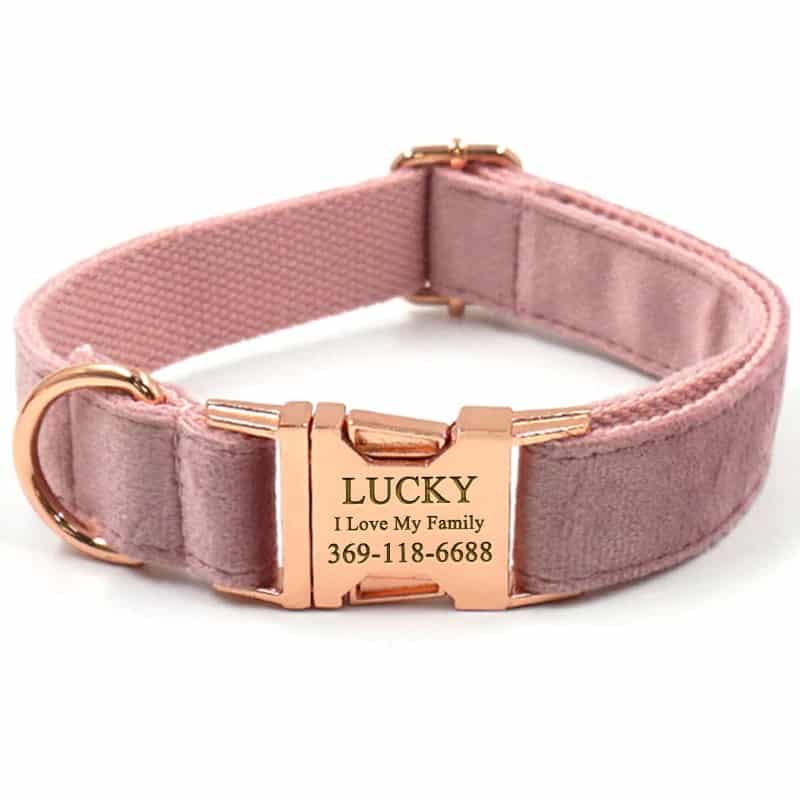
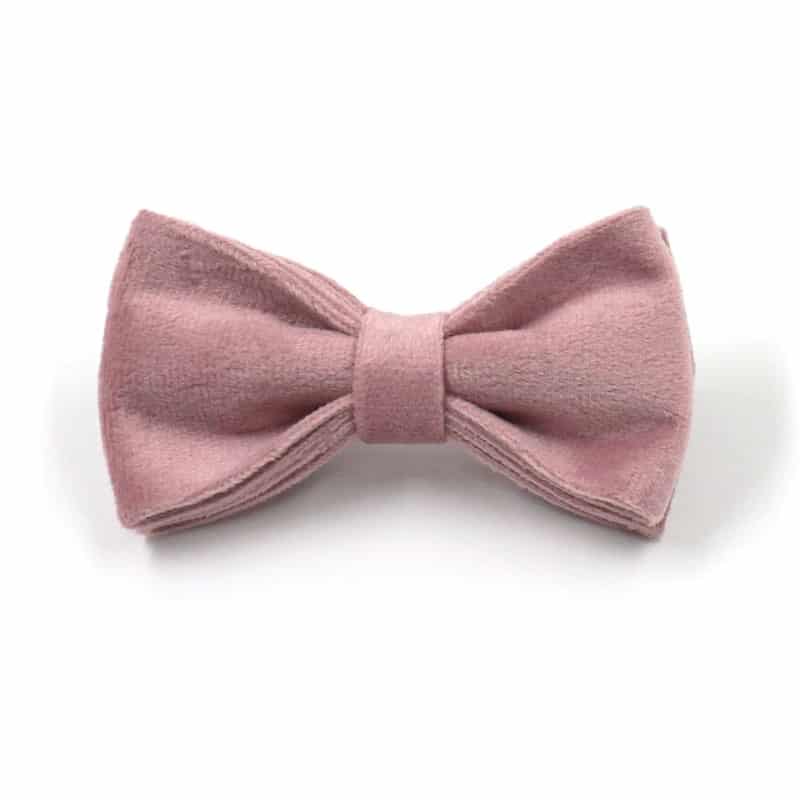
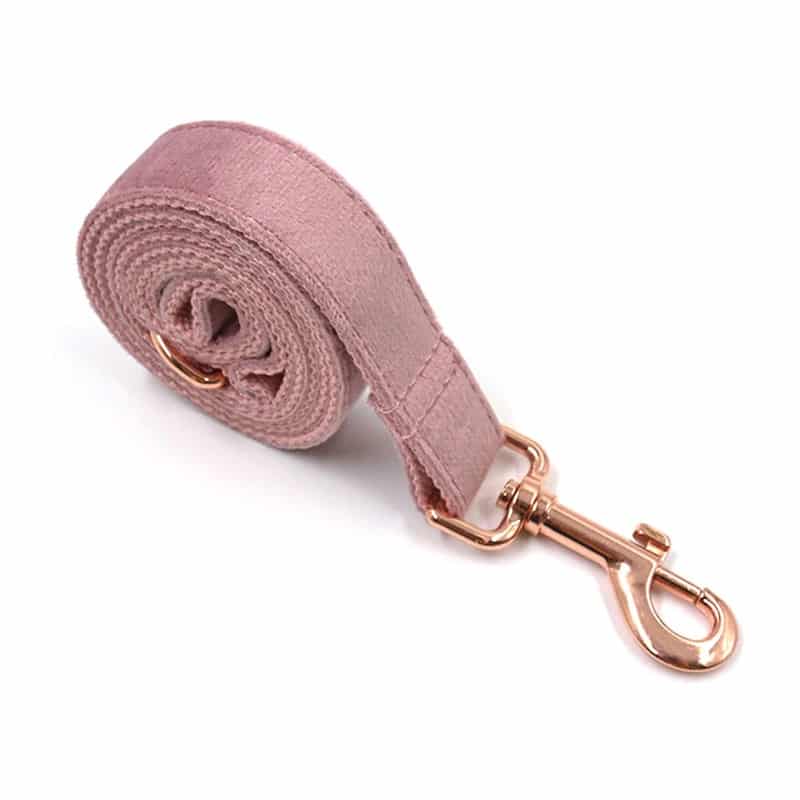
Dog Walker
Depending on your work hours, you might need to hire someone to come let your dog outside. This is especially important if you have a young dog who is learning to potty train. This will help with any accidents that may happen while you are away.
The rule of thumb for how long your dog should be in its kennel by itself without a potty break is one hour for every month of age, plus one.
Therefore, one of the most important things you can do when training a puppy in an apartment is to schedule regular potty breaks. This means taking your pup out at regular intervals throughout the day, and especially after meals or naps.
Chews/Rewards
Look for a heavy chew that will last your new puppy a long time to get through. Do not use rawhide as it is very dangerous!
Here are our favorites:
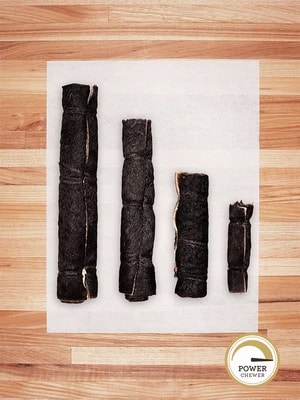
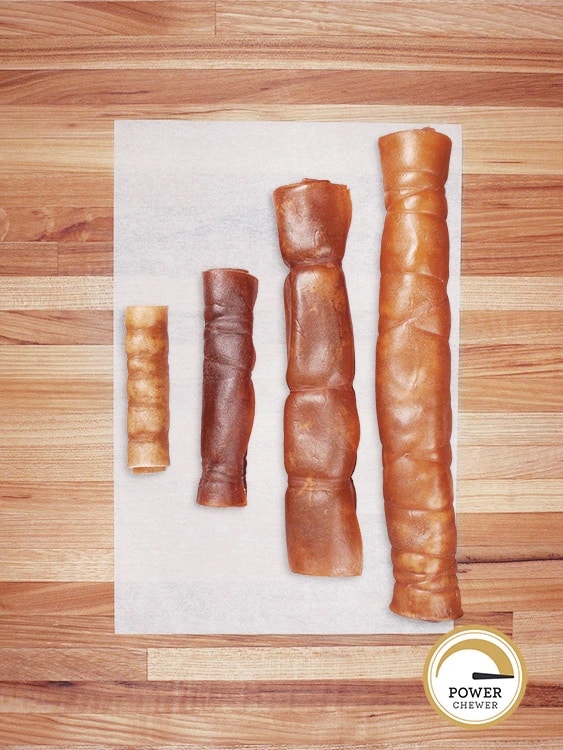
Patience and Reward System
Remember to have patience during this process and use a reward system for your puppy when they use the restroom outside or in their designated potty area.
A great way to do this is with treats, verbal praise, or even petting and belly rubs!
Eight: Mental and Physical Exercise for Your Puppy
It is extremely important during any type of dog training that your dog gets mental and physical exercise. Stimulating your dog both mentally and physically can help drain some of that extra energy that might be causing mischief.
Mental stimulation can come in the form of food puzzles or interactive toys, while physical exercise can be anything from a long walk to a swim.
Both forms of exercise are important for dogs of all ages, but puppies especially need plenty of both in order to stay happy and healthy.
What is mental exercise?
Mental exercise means that your dog is getting his brain worked just as much as his body.
Some ways to give your young puppy mental exercise are through simple things such as obedience training, learning tricks, or even playing interactive games.
Remember that your puppy’s nose is WAY more powerful than ours. A dog’s nose has a tremendous amount of smell nerves inside of it, so when trying to train a puppy, using scent work is an incredible way to help wear them out while working their brain.
Using a slow feeder is also a great way of mental engagement. A slow feeder is a type of dog bowl that has a special insert inside of it that breaks up the food so your pup can’t just scarf it all down at once.
This forces your puppy to use his nose and brain power to figure out how to eat his meal, and is a great way to give them some extra mental stimulation during the day.
See below for some of our favorite slow feeders:
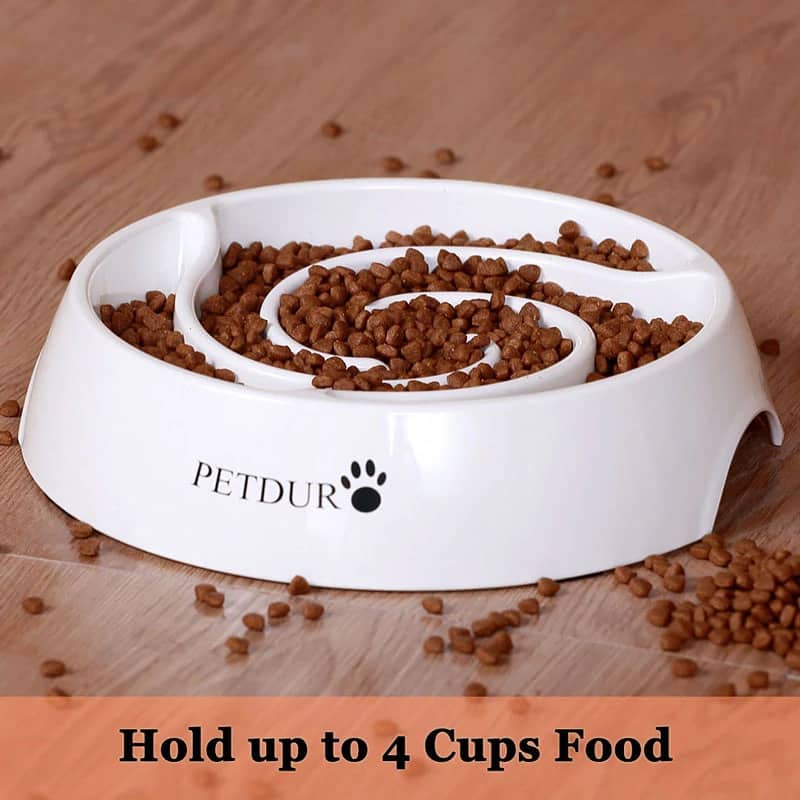
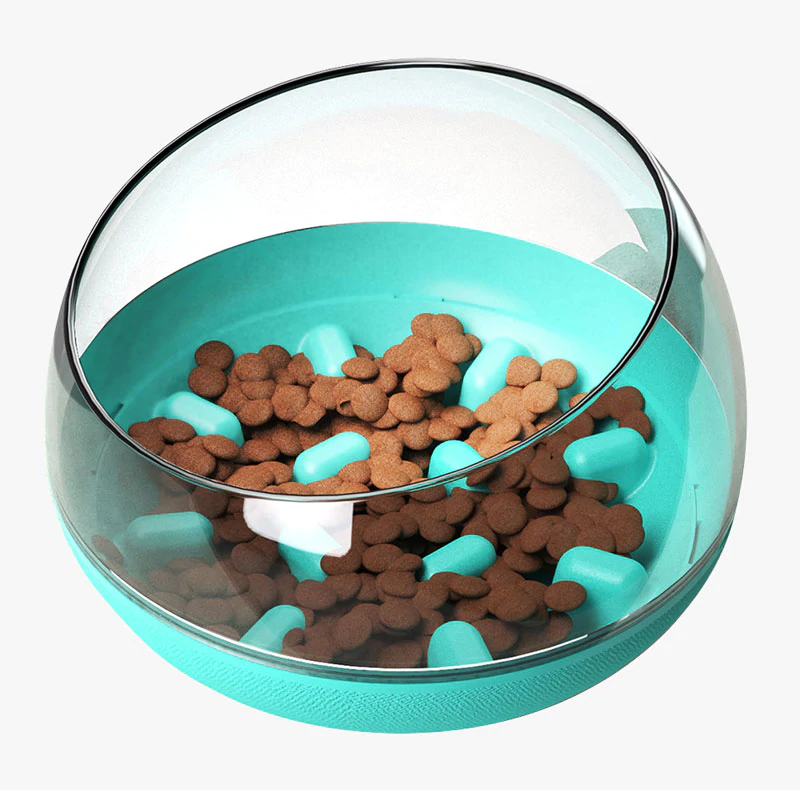
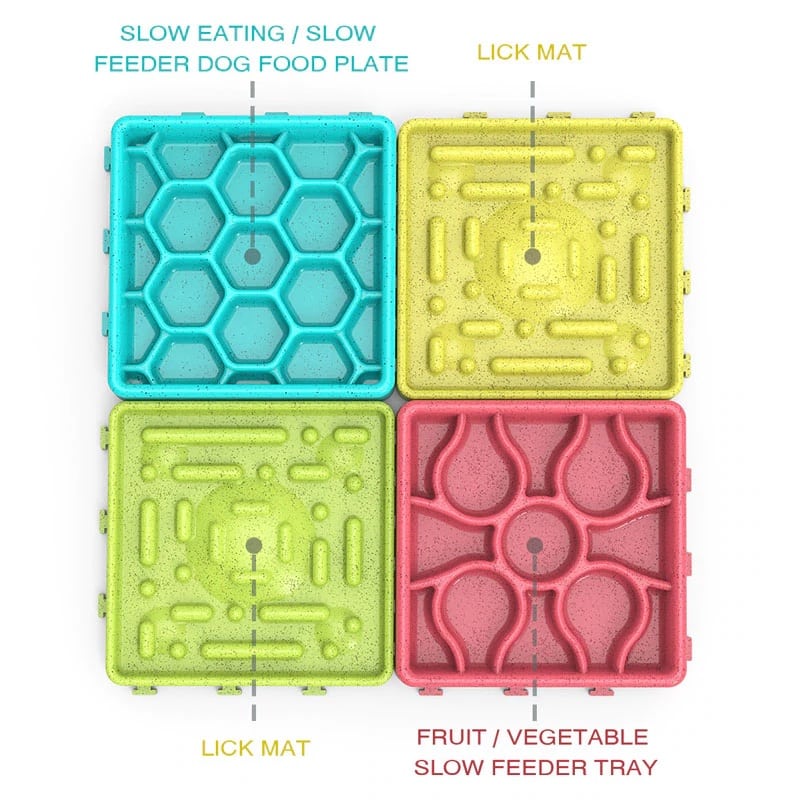
What is physical exercise?
Physical exercise is just as important for a healthy and well-rounded pup. Going on walks, playing with other dogs, or swimming are nice, low impact exercises for your dog.
You might find that you reach more success with your new dog while you are working with them on real-life training. Dogs love to learn, and the more you can work with your puppy on getting them involved in new things will help them feel that they can pick up on things like becoming house trained, or understanding potty cues.
Your new puppy might have trouble training at first, but training a puppy is NEVER an easy or overnight task. Even if your puppy learns slowly, just know that they are soaking in all of the fun and interactive information that you are giving them.
Nine: Dog Treats
Dog treats are an incredible way to train a puppy. Dog training can be highly effective when you use treats that highly motivate your dog.
Whether you’re looking to train a puppy or simply want to get your dog potty trained, dog treats can be an essential tool.
With their powerful reward-based learning system, rewards like treats are highly motivating for dogs and can help to train them effectively in no time.
We recommend training a puppy to go to the bathroom using treats regularly. Some of our favorites are here:



How do you use treats to potty train a puppy to go to the bathroom?
To potty train a puppy you will need to take them to go to the bathroom often, making sure to bring treats.
You should go outside with your puppy on a leash, and whenever they go to the bathroom give them a treat immediately.
Bathroom training a puppy becomes fun for the dog when there is something really enticing involved. When you are taking your puppy outside to potty, bring along some of their favorite treats.
Using a Marker Word When Bathroom Training a Puppy
As soon as they relieve themselves in the desired location, immediately praise them and give them a treat. It is helpful to also train dogs using a ‘marker word’. A marker word is a word that you say to your dog as soon as they do the desired action, in this case going potty outside.
Some people like to use the words ‘yes’, ‘good’, or ‘treat’. As long as you are consistent with which word you use, any word can be a marker. After you’ve said the marker word, give your dog the treat.
Your puppy will start to associate going potty outside with getting a yummy treat, and will want to do it more often!
Using Treats in an Apartment to Potty Train a Puppy
Using treats can be used anywhere, including in an apartment.
When you live in an apartment, you will need to give your puppy and yourself more time to get downstairs and outside to go to the bathroom for potty breaks.
Make sure that you know where the nearest potty area is, clear of other dogs and distractions. Your puppy might think that another dog nearby means play time, and we want them to really focus on their potty time.
Another Note on the Puppy Pads
Just because you are confined in an apartment does not mean you need to use puppy pads. A puppy pad gives your dog the idea that they can urinate inside, ultimately giving them way too much freedom. Work hard NOT to make puppy pads apart of the routine that you and your dog develops. Taking frequent potty breaks can help eliminate the need for your dog to use a puppy pad, ultimately providing them with a solid foundation of training as your puppy grows.
Troubleshooting Tips
If you find that your puppy is having accidents in the apartment despite your best efforts, here are a few troubleshooting tips:
- Take your pup out more frequently. This means every hour or so, and especially after they eat or drink.
- Do not give your puppy too much freedom in the apartment. If possible, keep them confined to one room or area until they have more bladder control.
- Make sure you are using a marker word consistently, and rewarding your dog immediately after they go potty outside.
- Limit food after dinner, and limit water about 2 hours before bed.
- Do not punish your puppy if they have an accident. This will only make them scared of you, and confused about what they are supposed to do.
- Leash your dog in the house, and tie the leash to your waist.
- Be patient, and keep up the good work! Teaching a pup to know where to potty and where not to takes time, but eventually your dog will get it with proper guidance from you.
To Wrap It Up
You and your puppy are going to be together, bonding over something difficult. It is hard to train any animal from puppy to dog, but the loyalty and companionship you will gain is worth it.
Every time you are carrying your puppy down the fifth floor, fourth floor, third floor and more to their potty area, just remember that one day you will see that same spot and look back with fond memories of when your dog was just a teeny puppy.
Time really flies with a puppy, so try to soak in every single moment that you can while training your puppy. Your new family member is going to test your patience, but in the end your puppy will be your best friend.
Whatever method you use, one thing’s for sure: potty training a puppy can be a breeze when you’ve got the right treat on your side!
